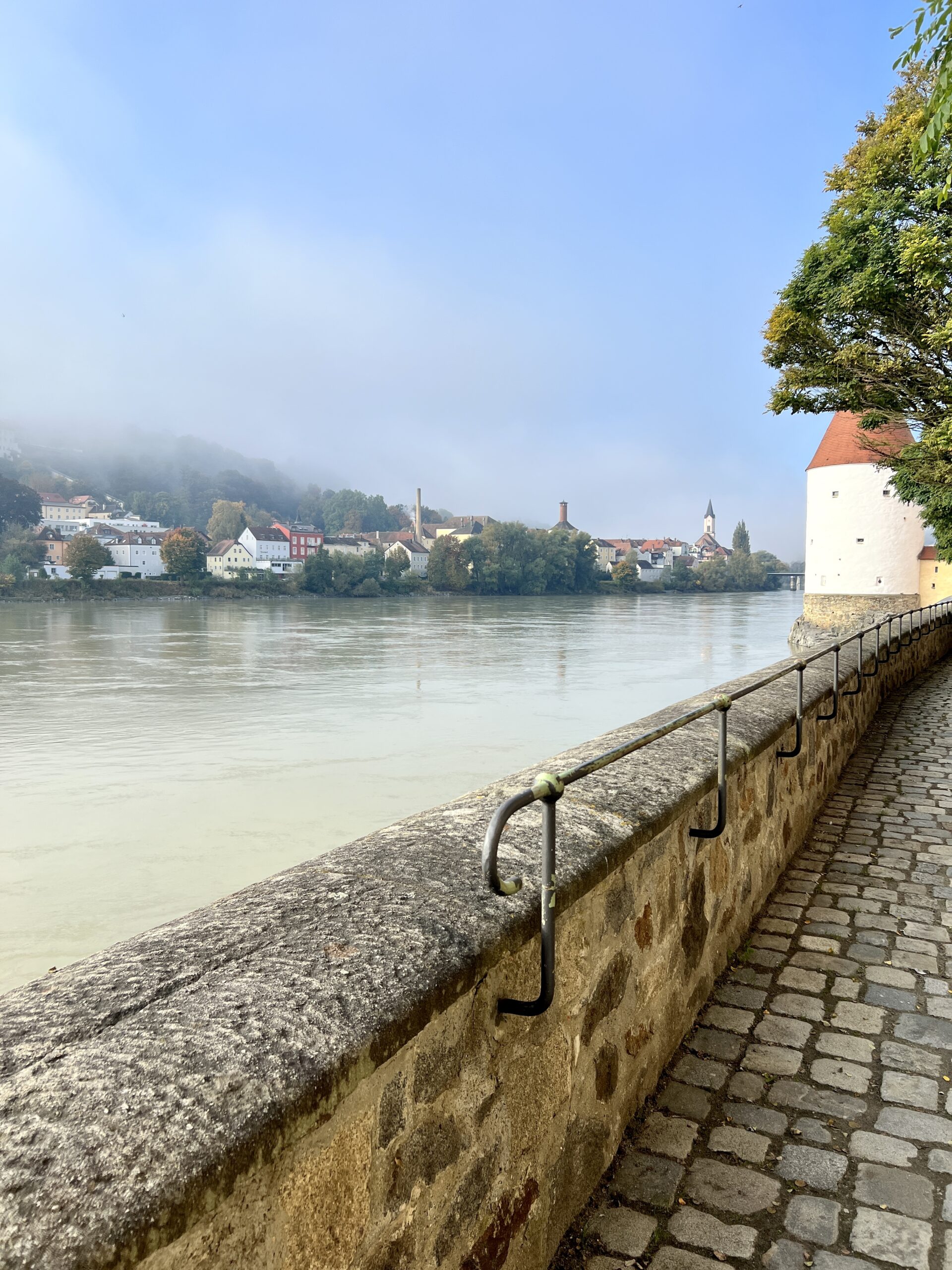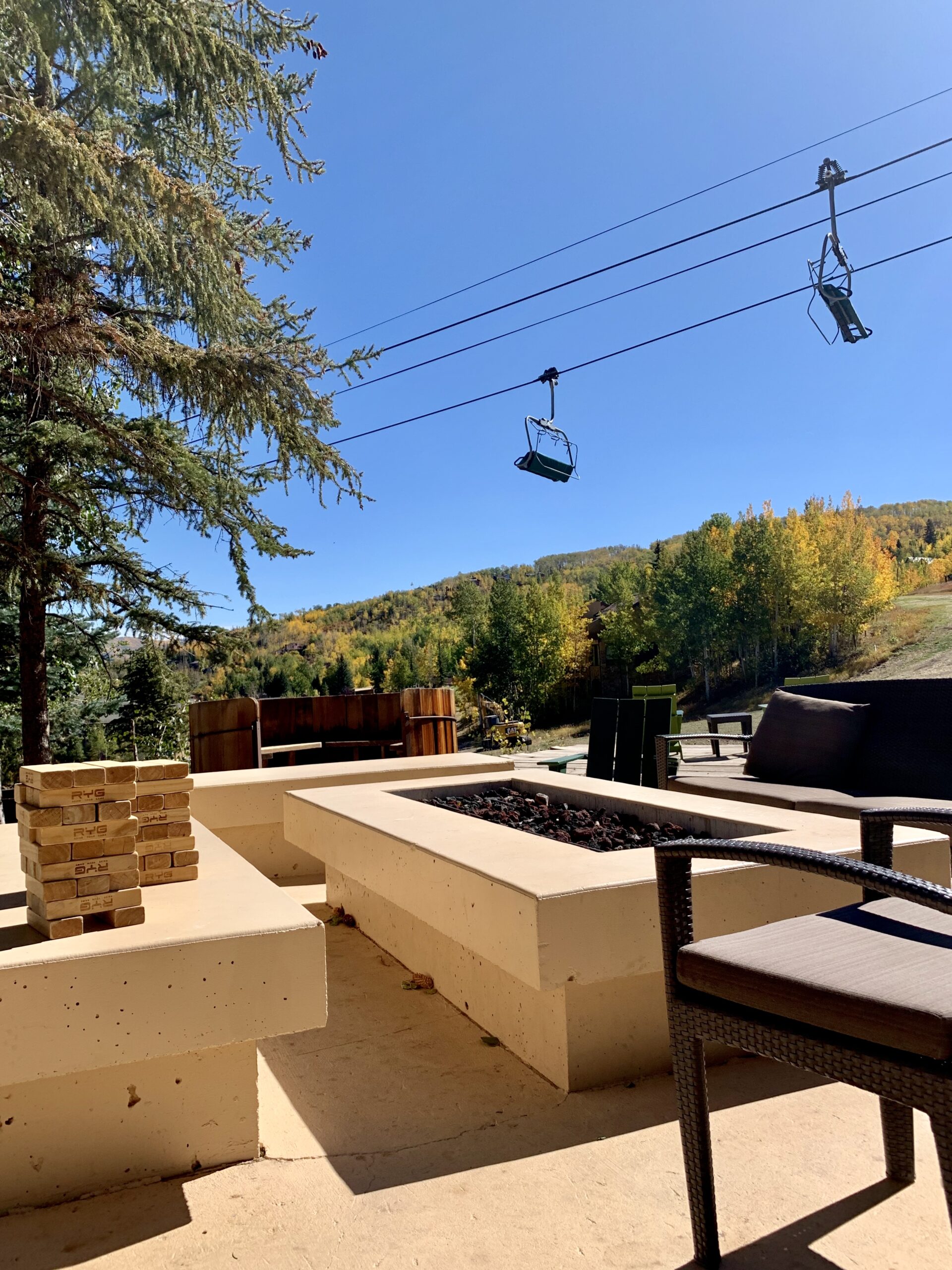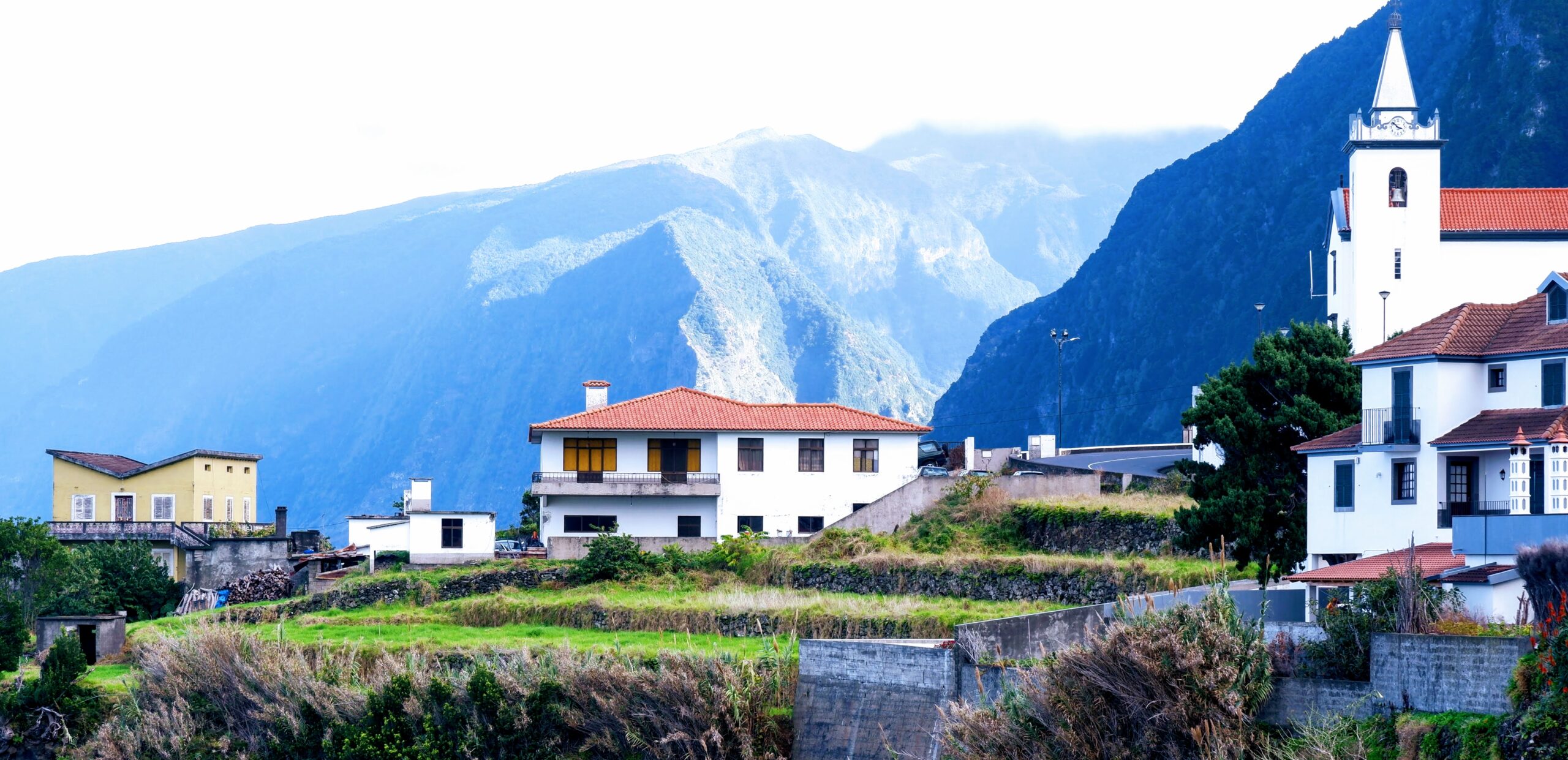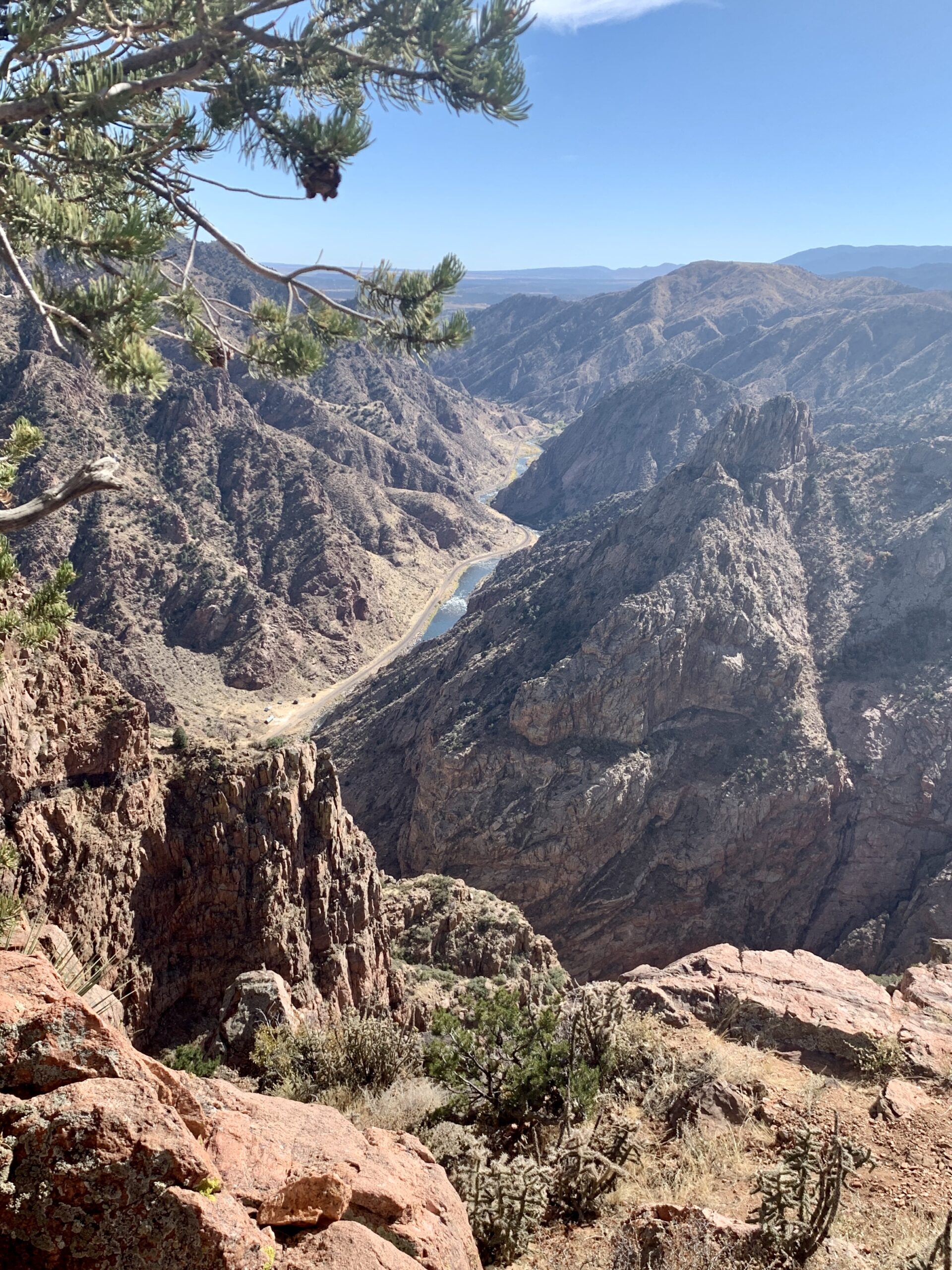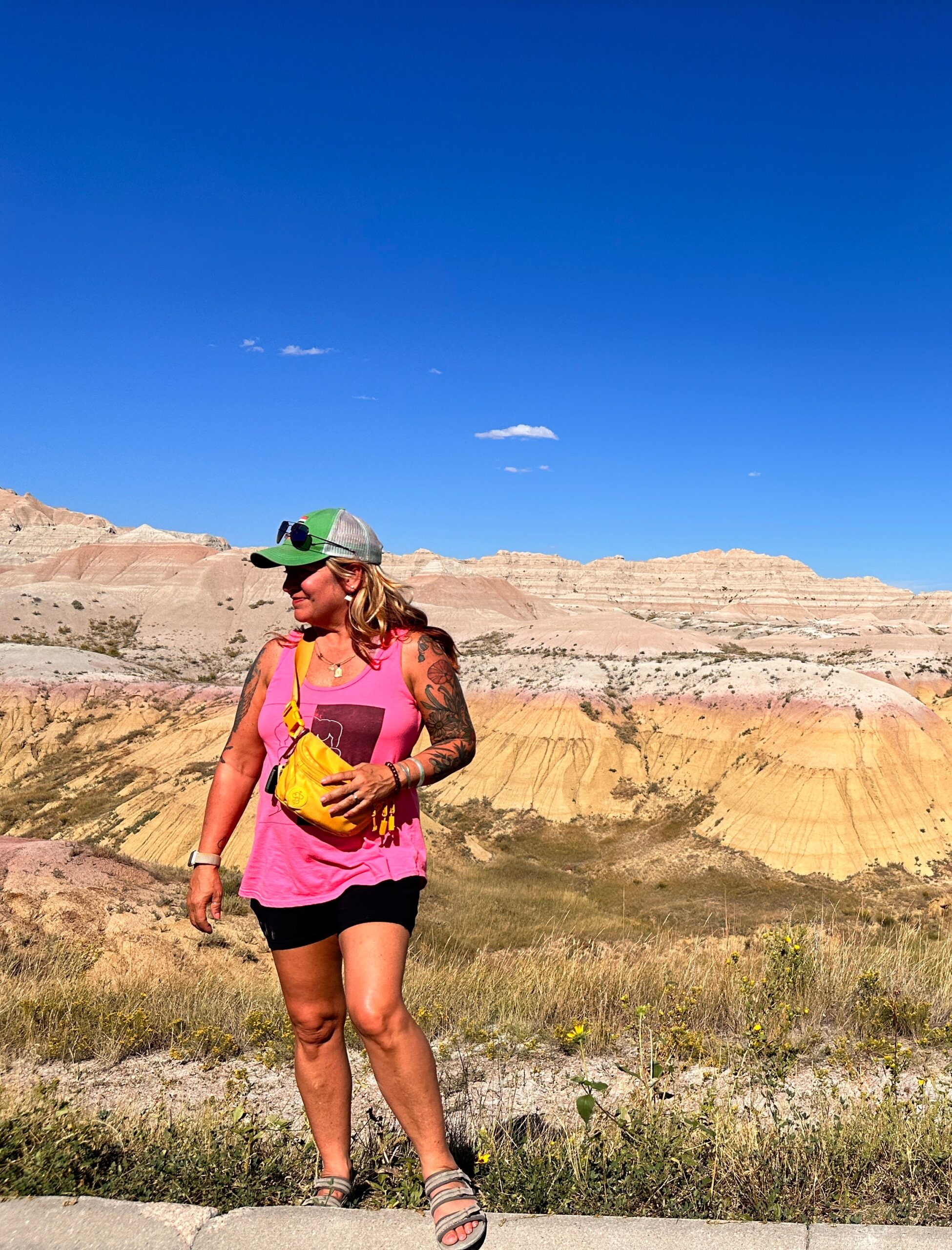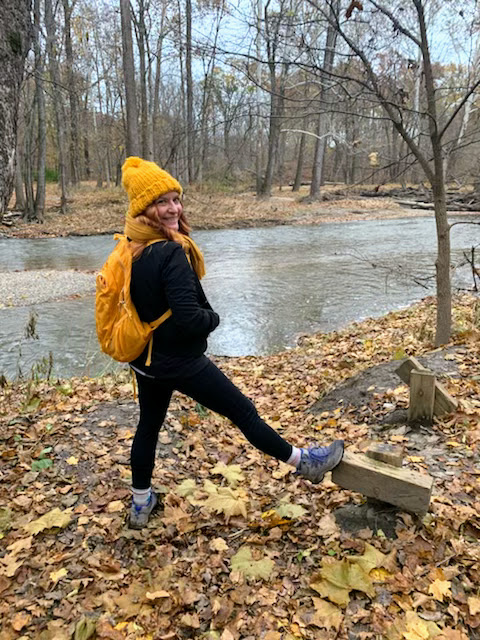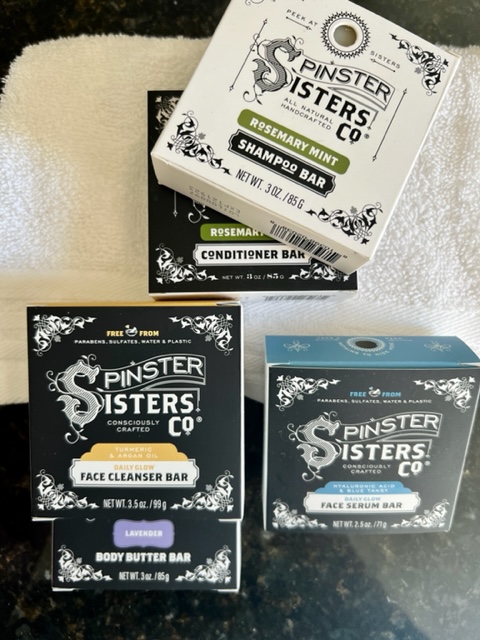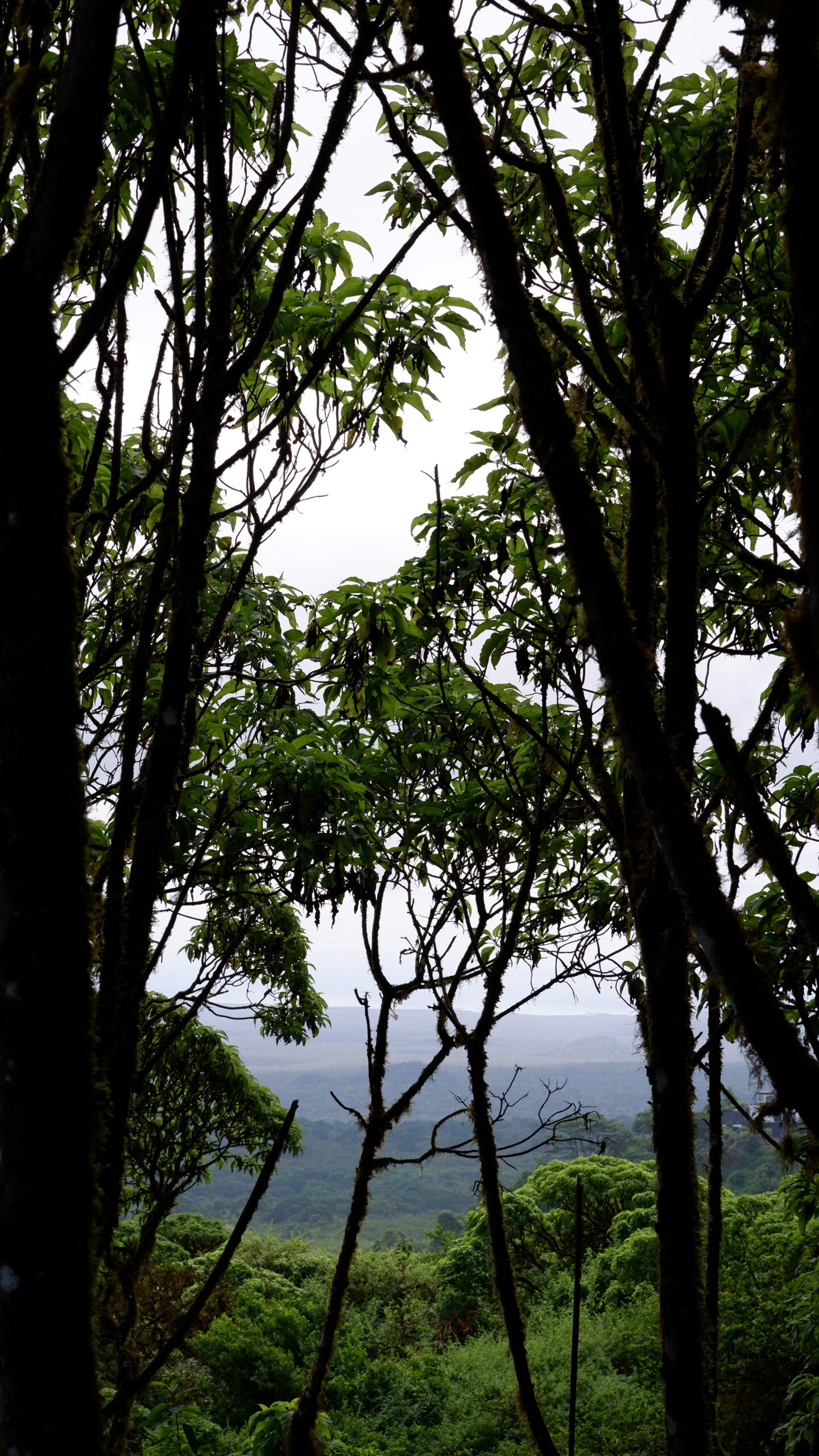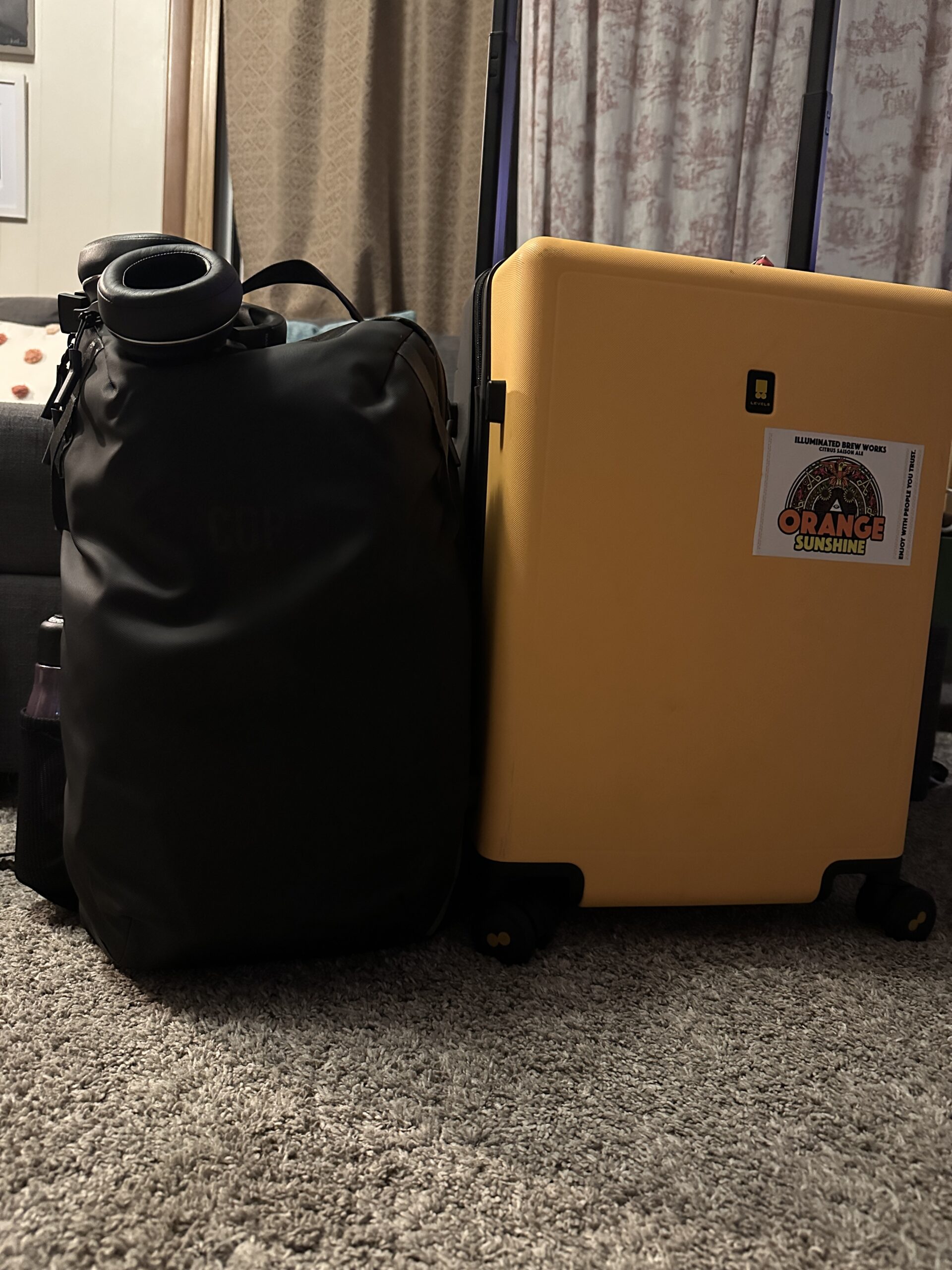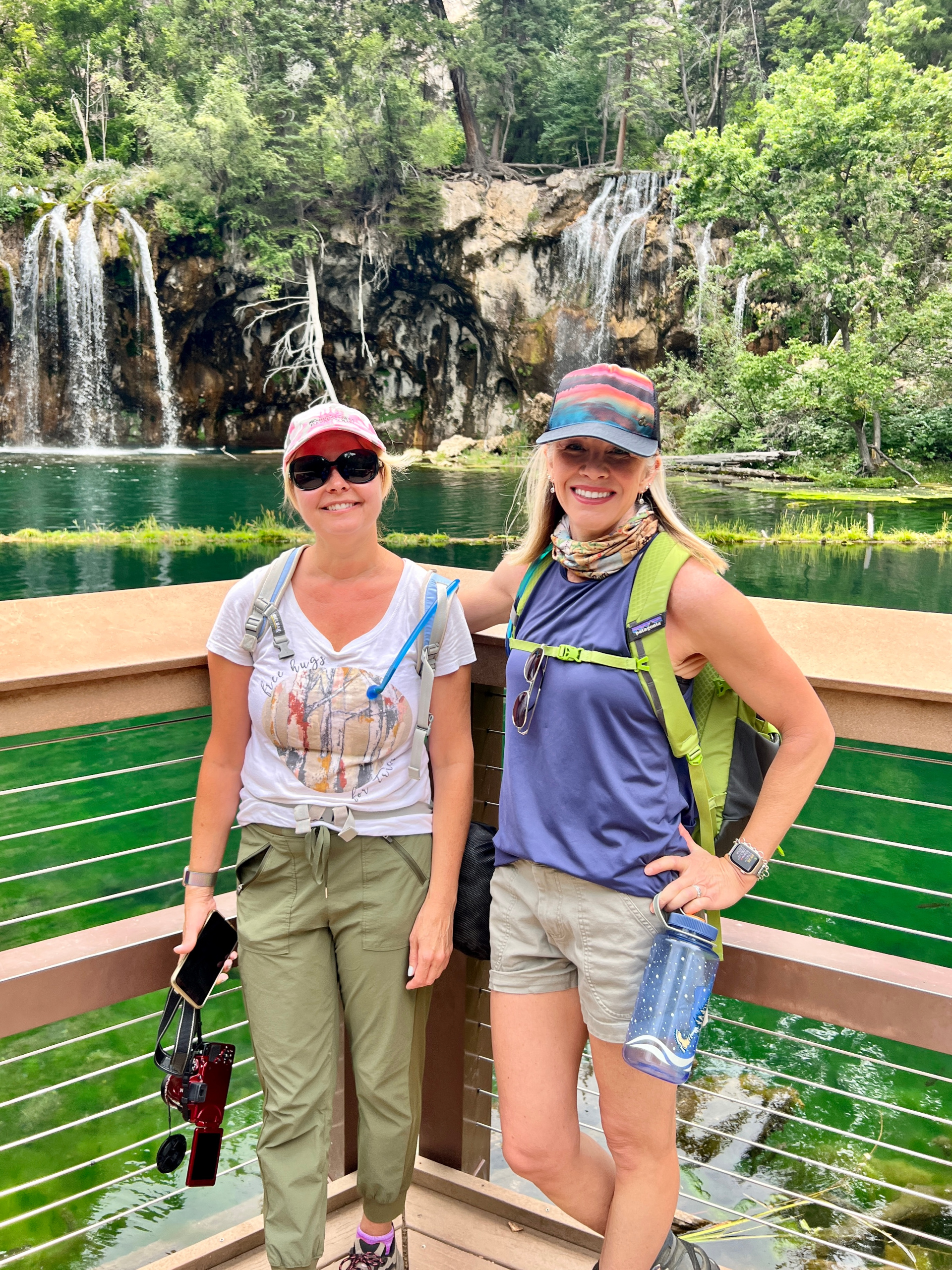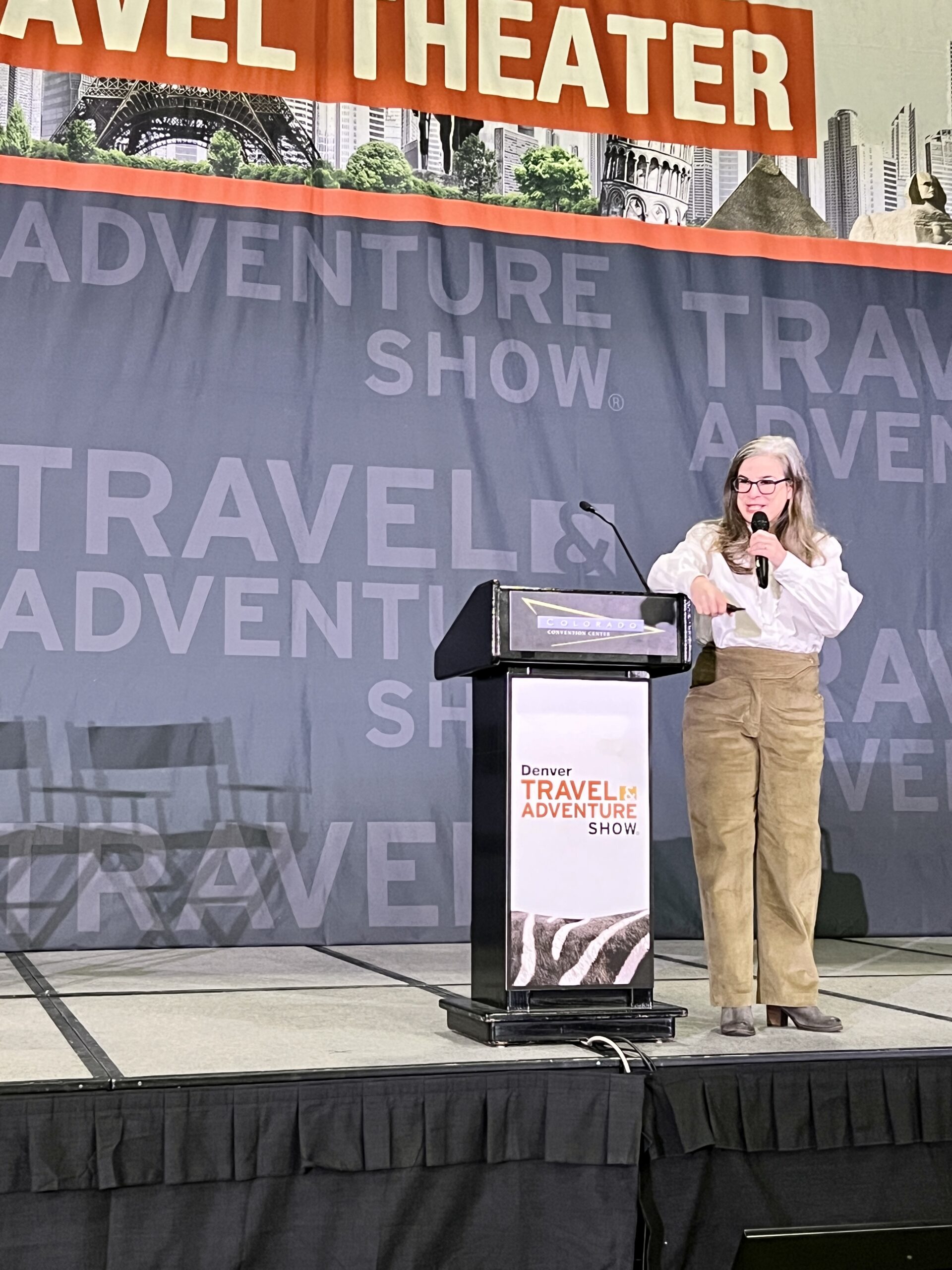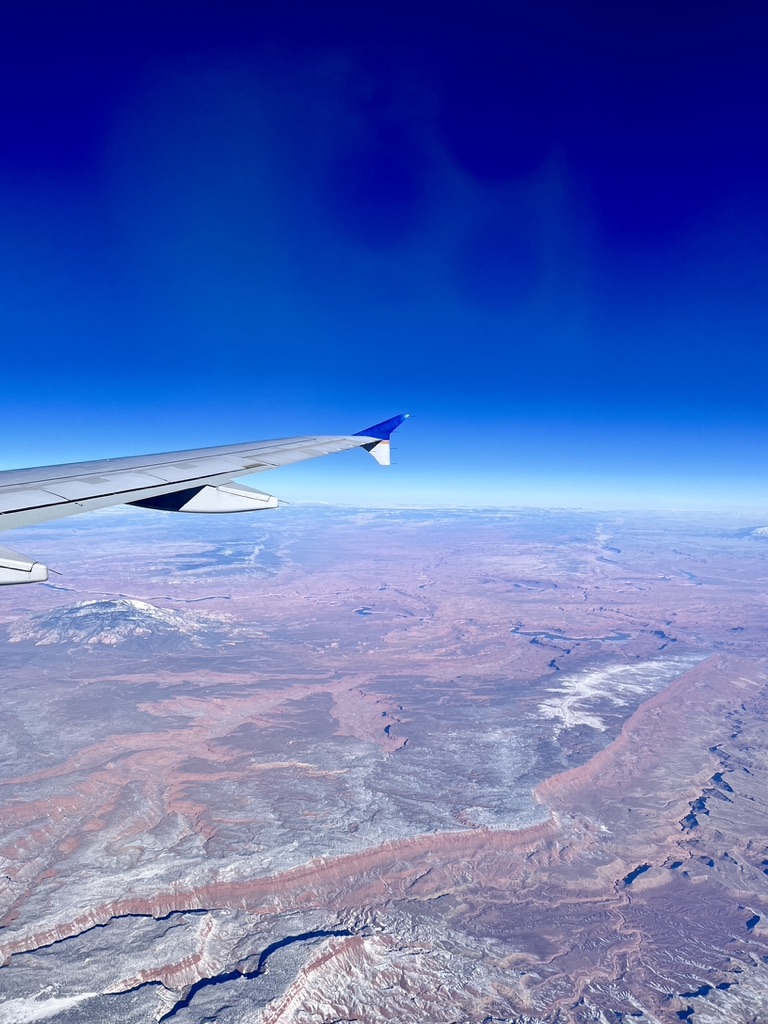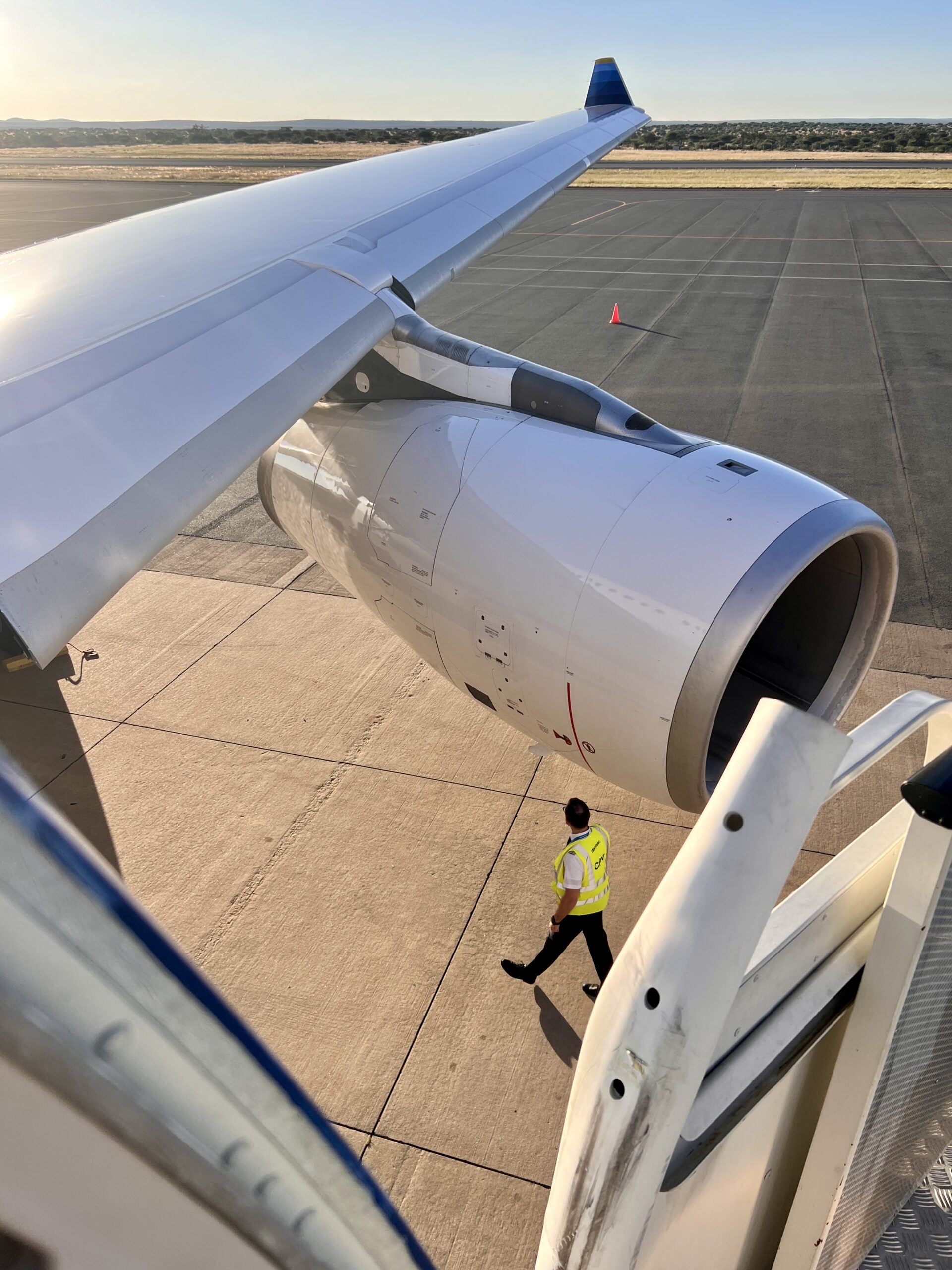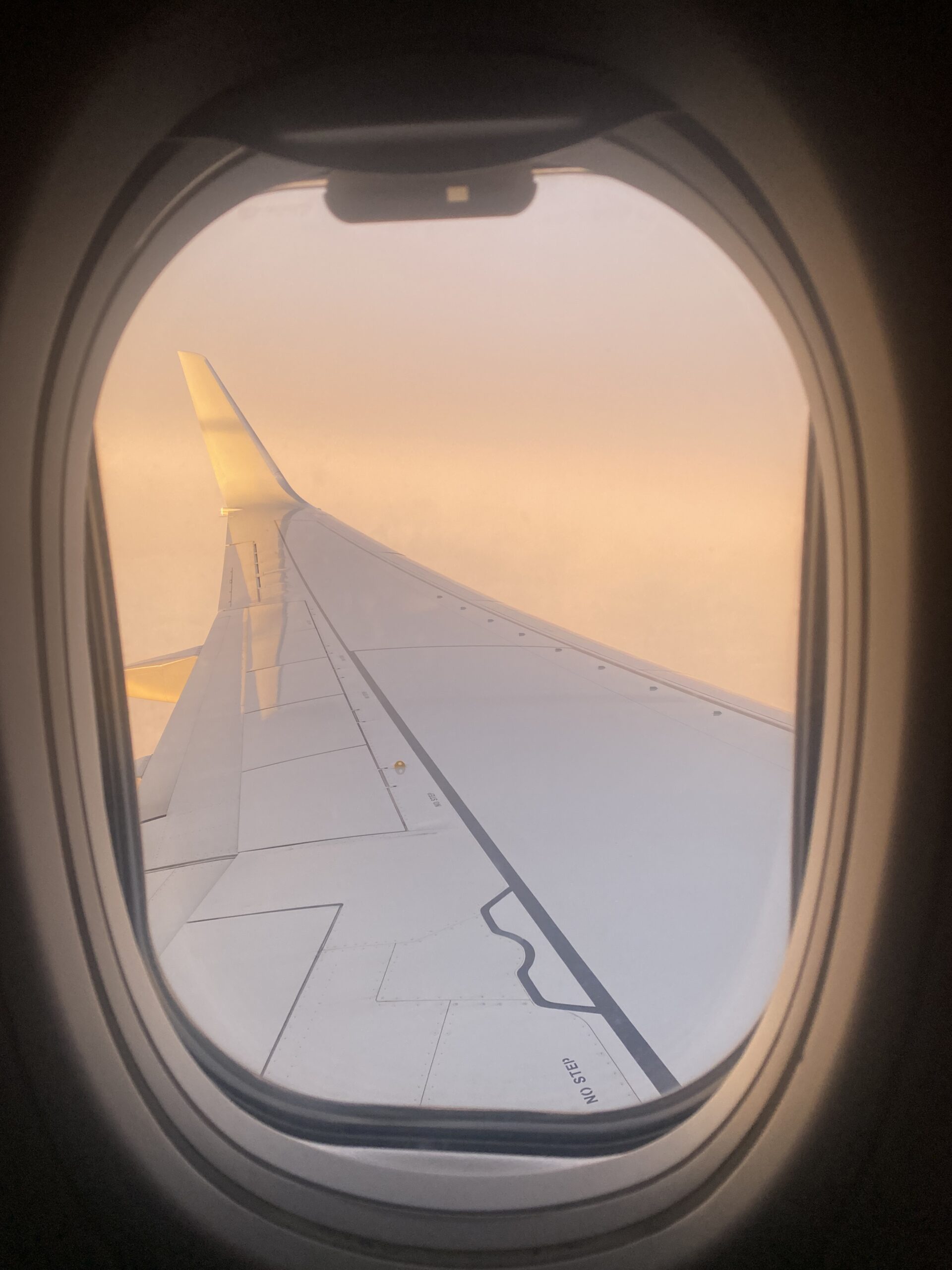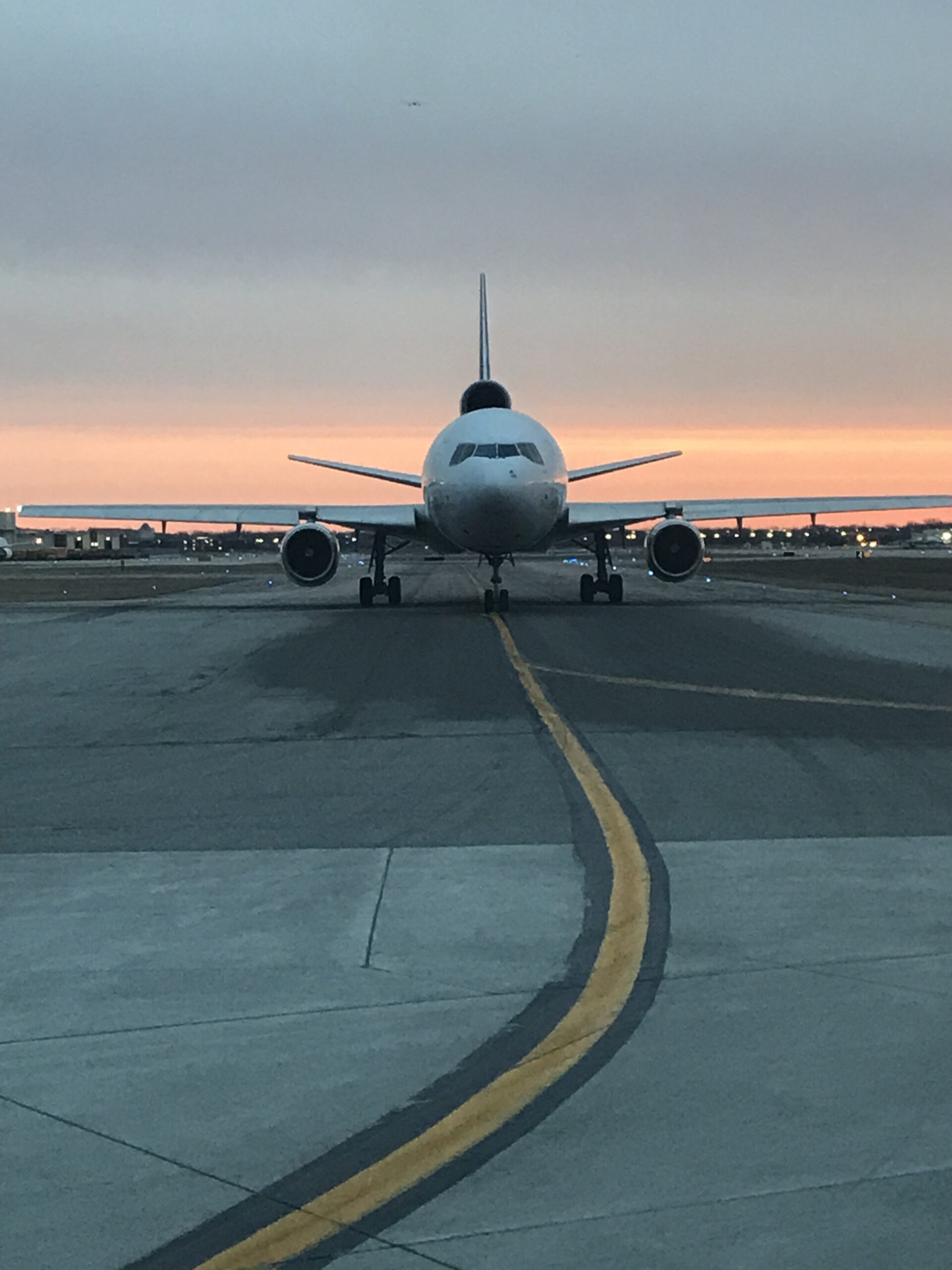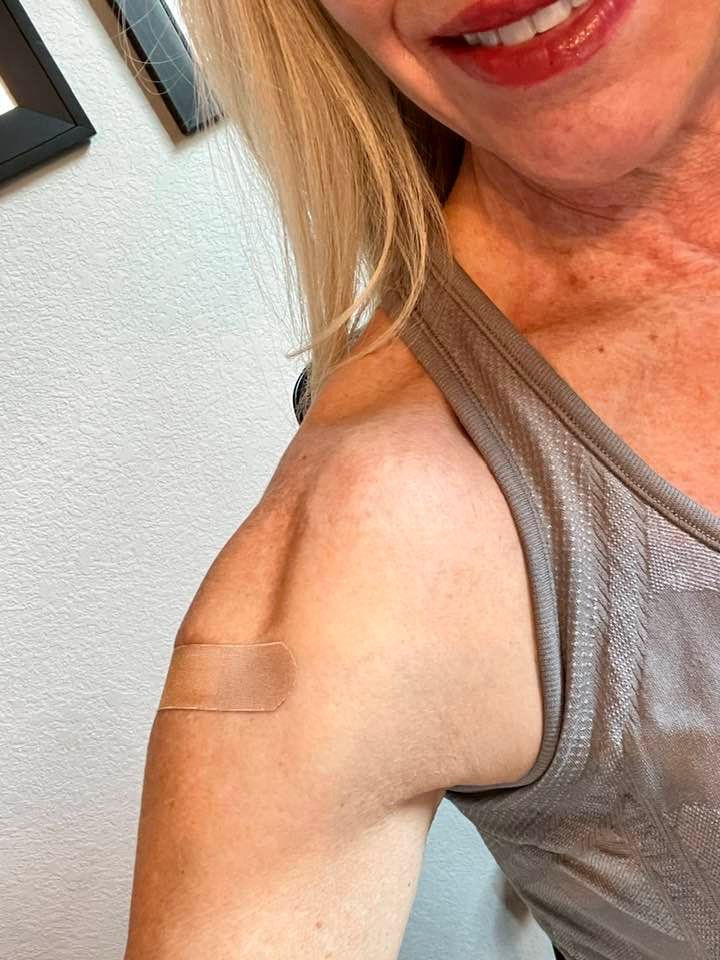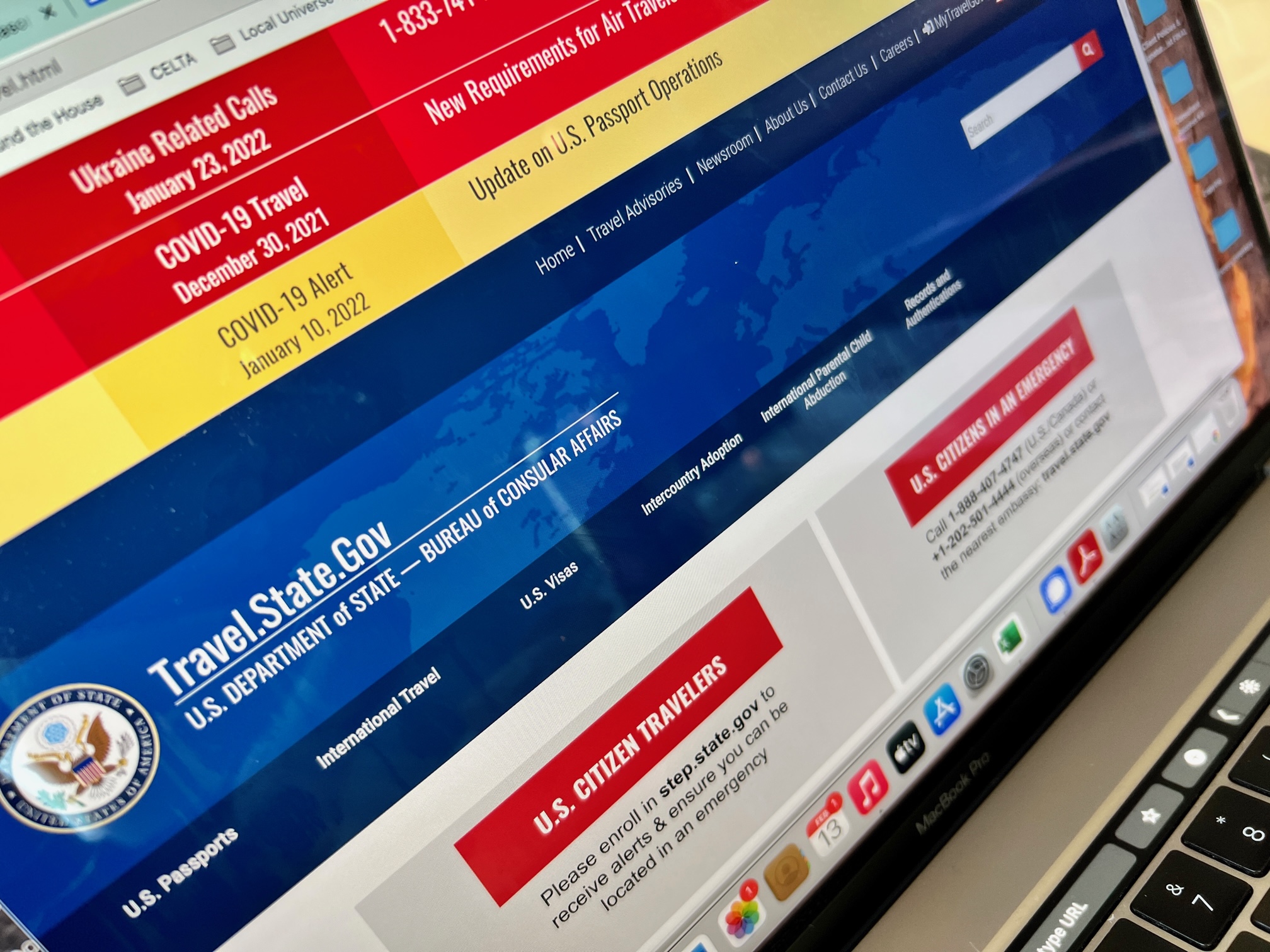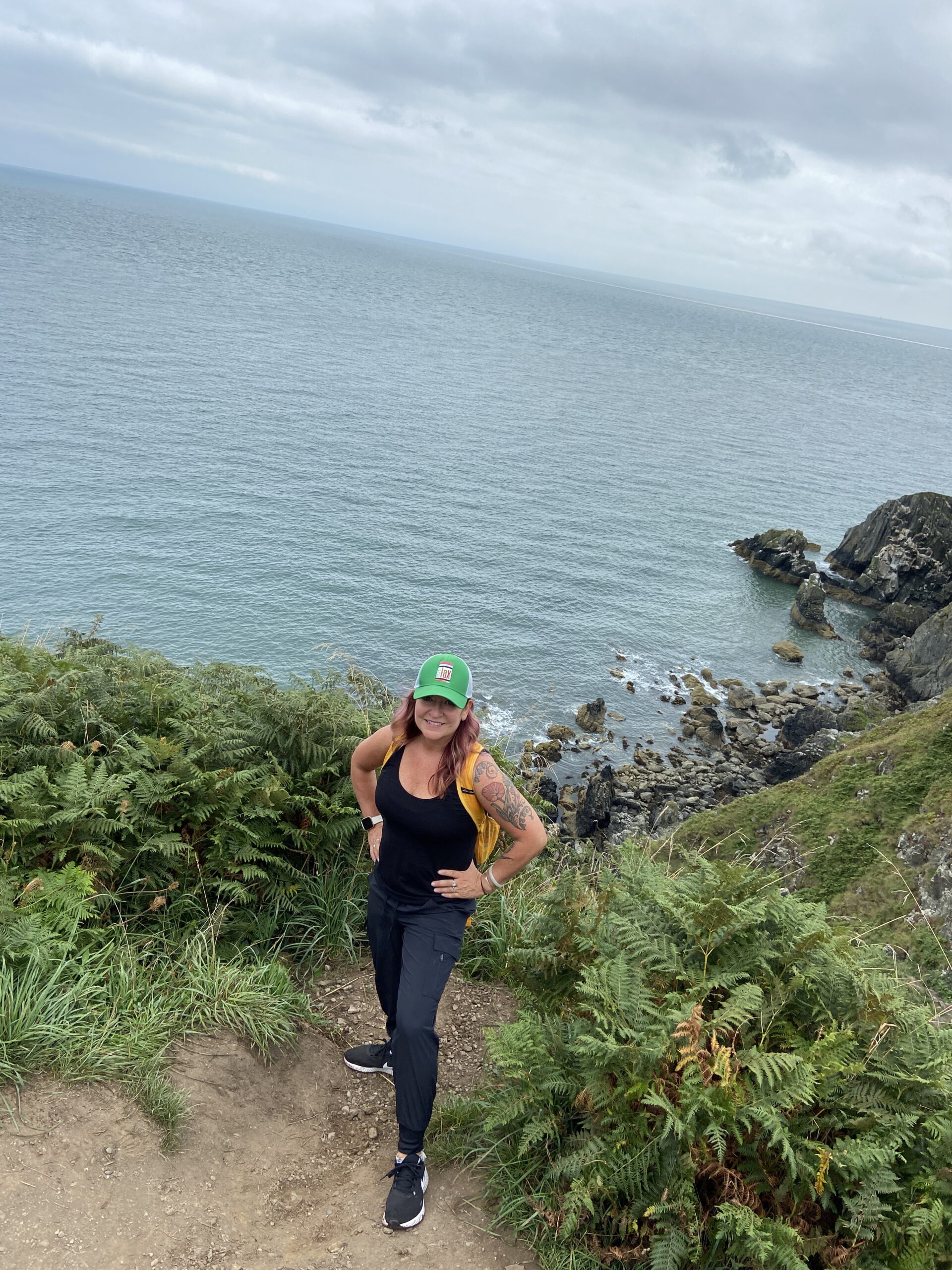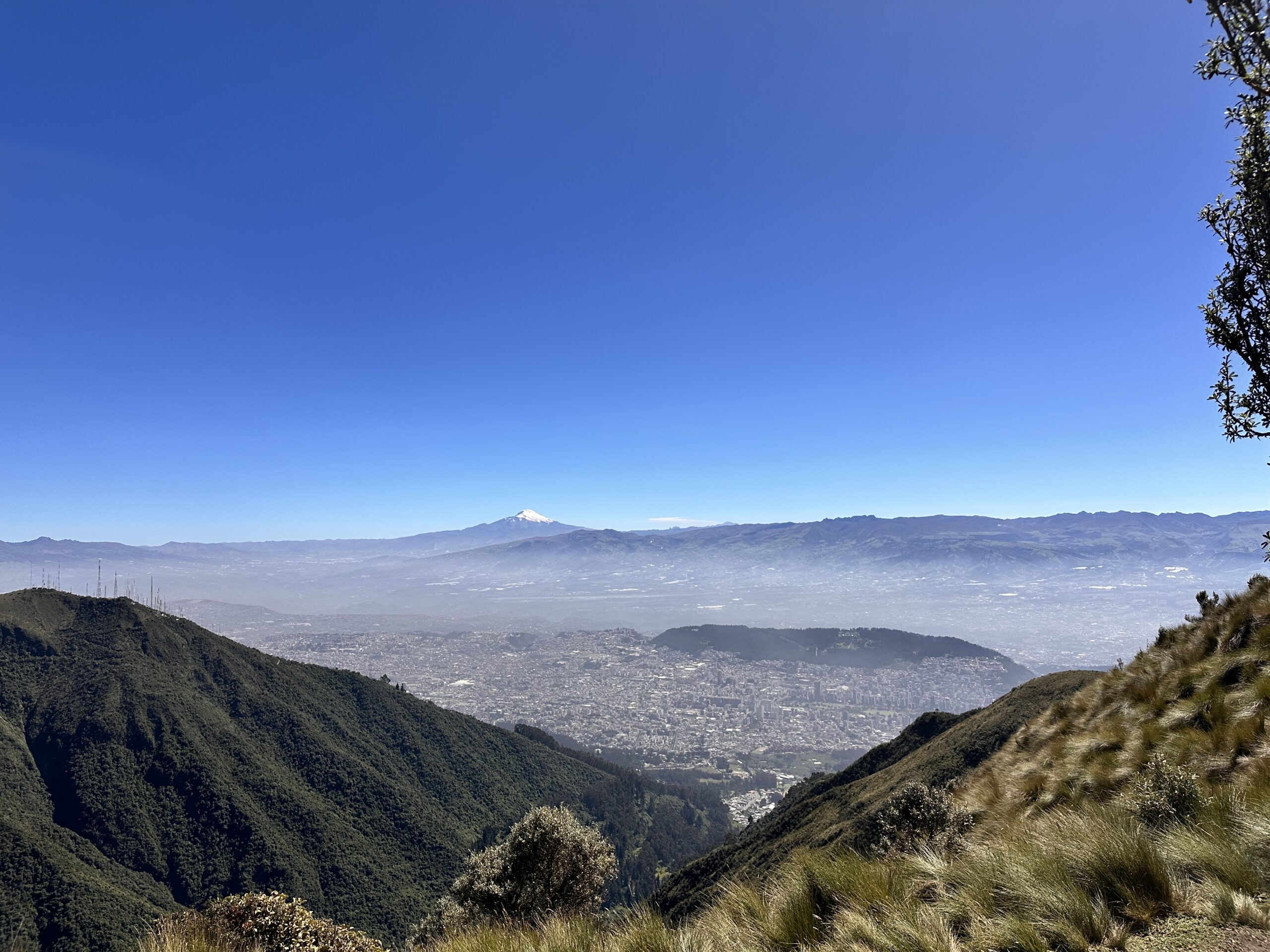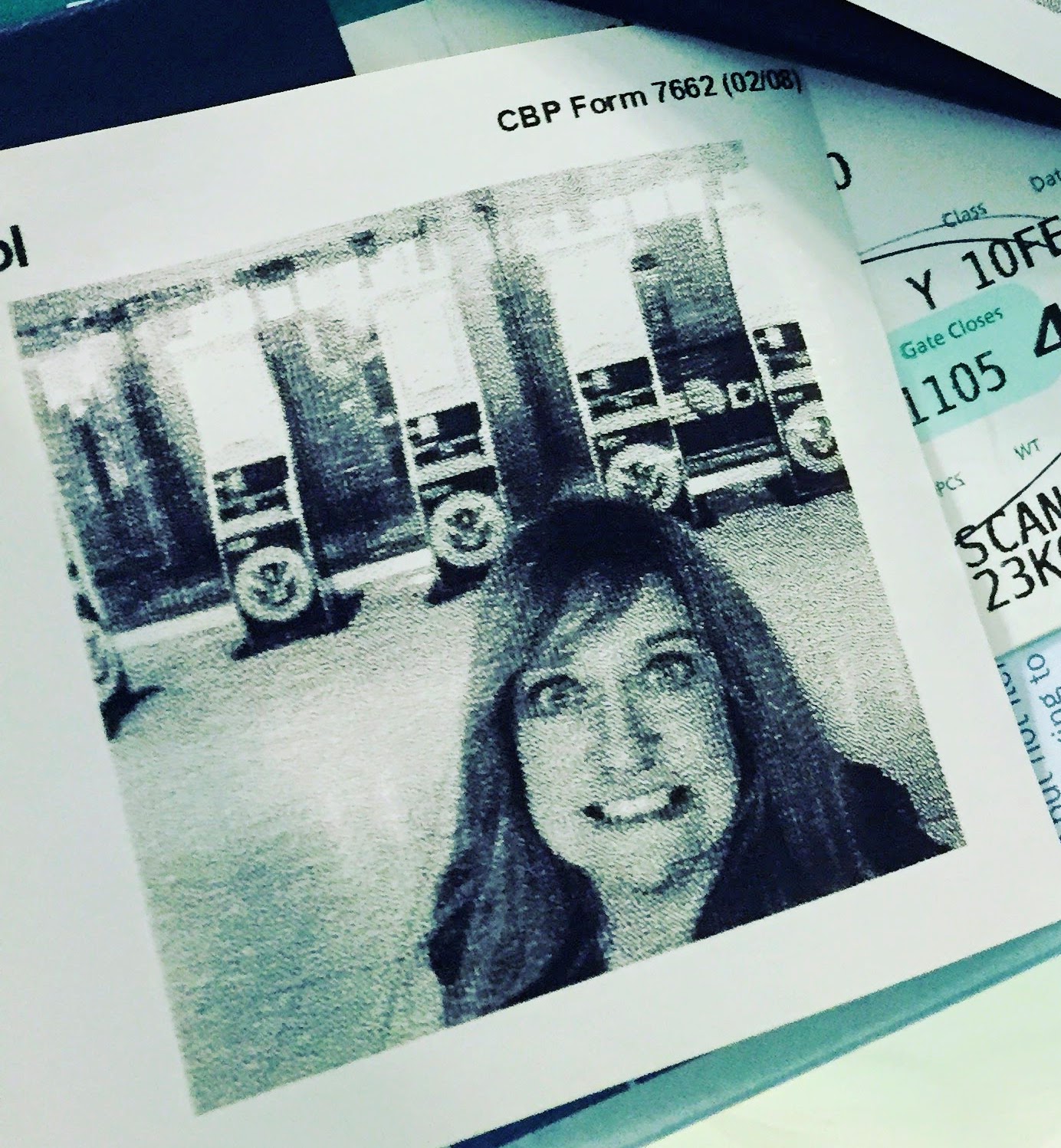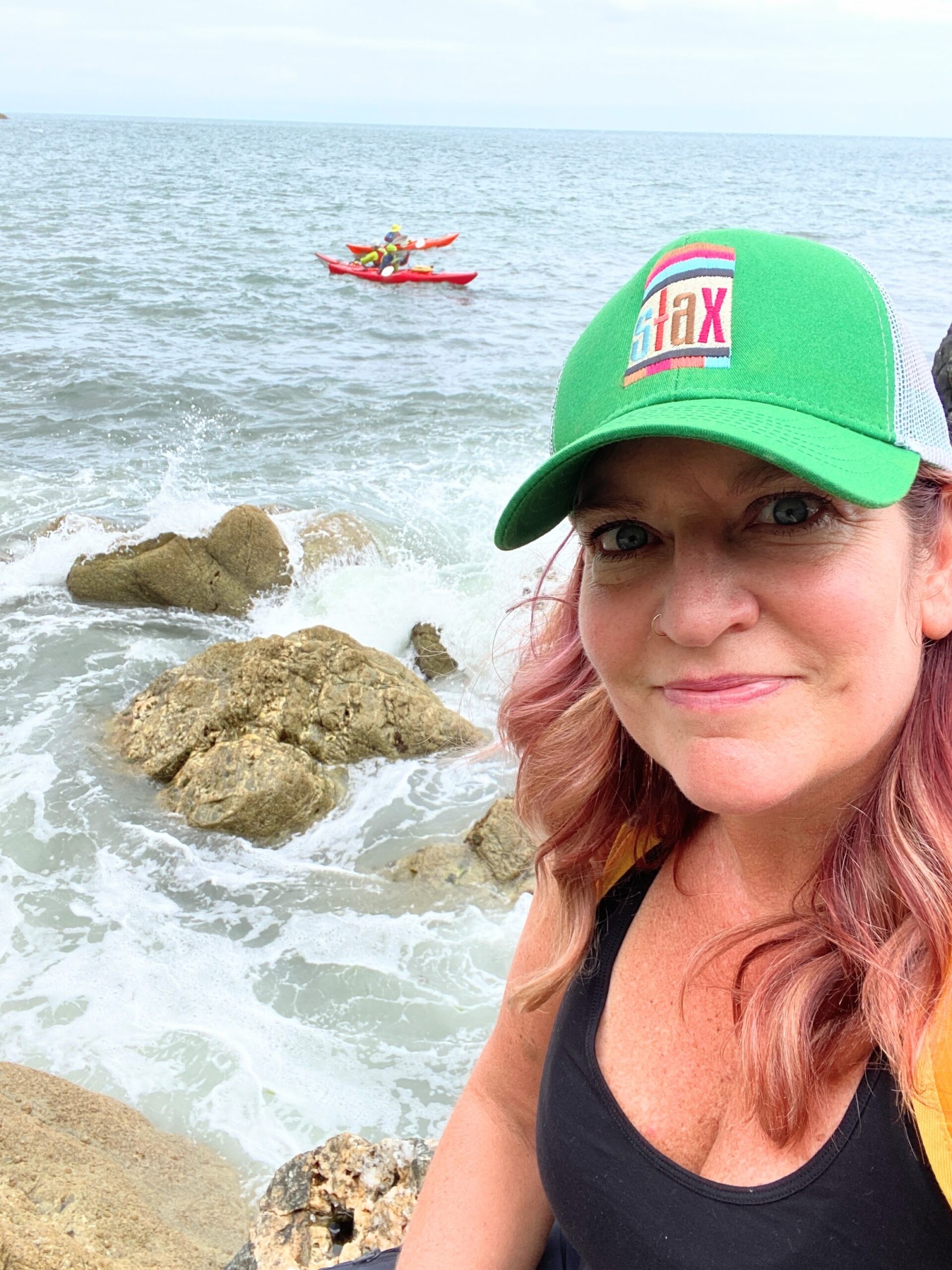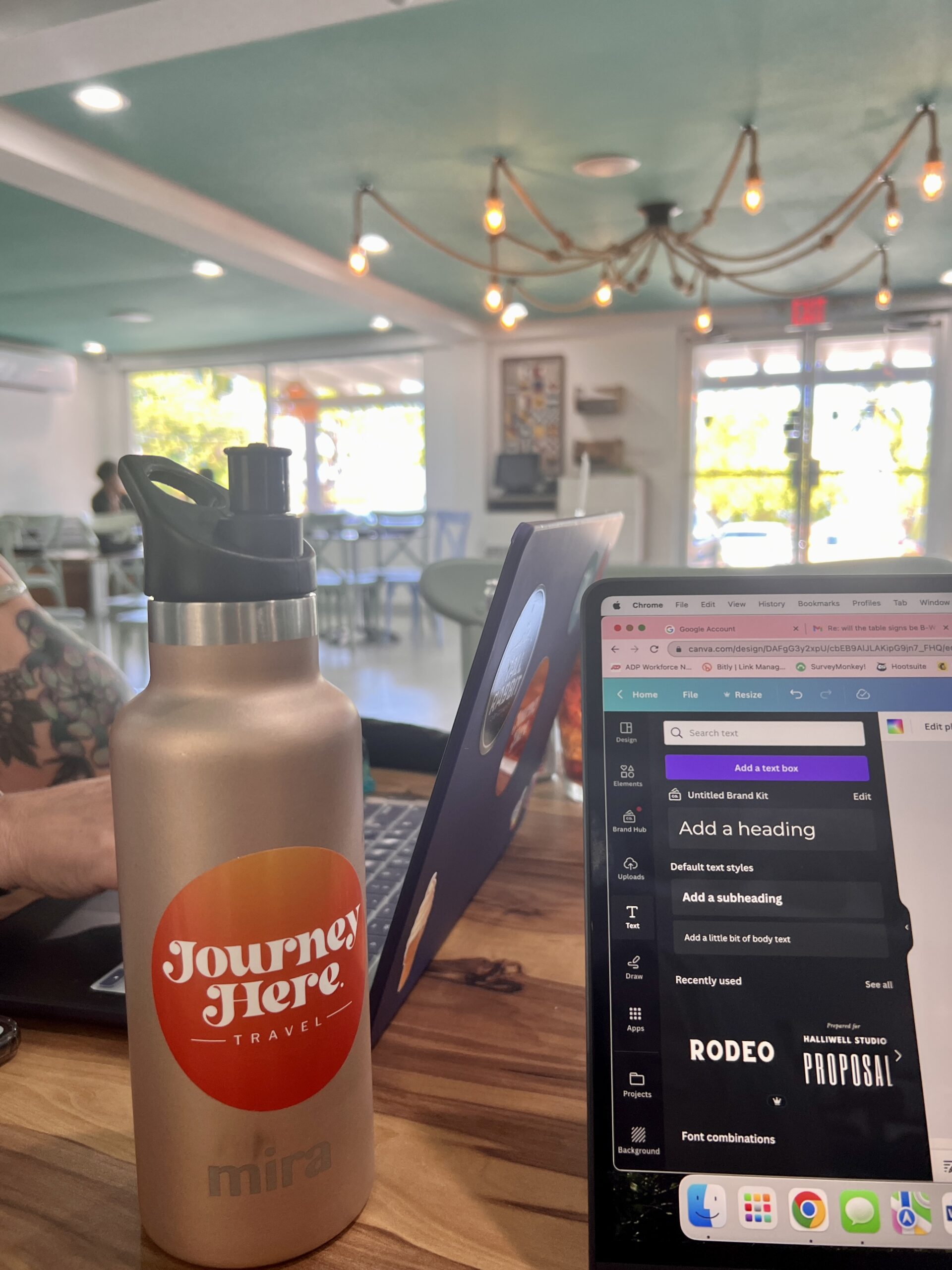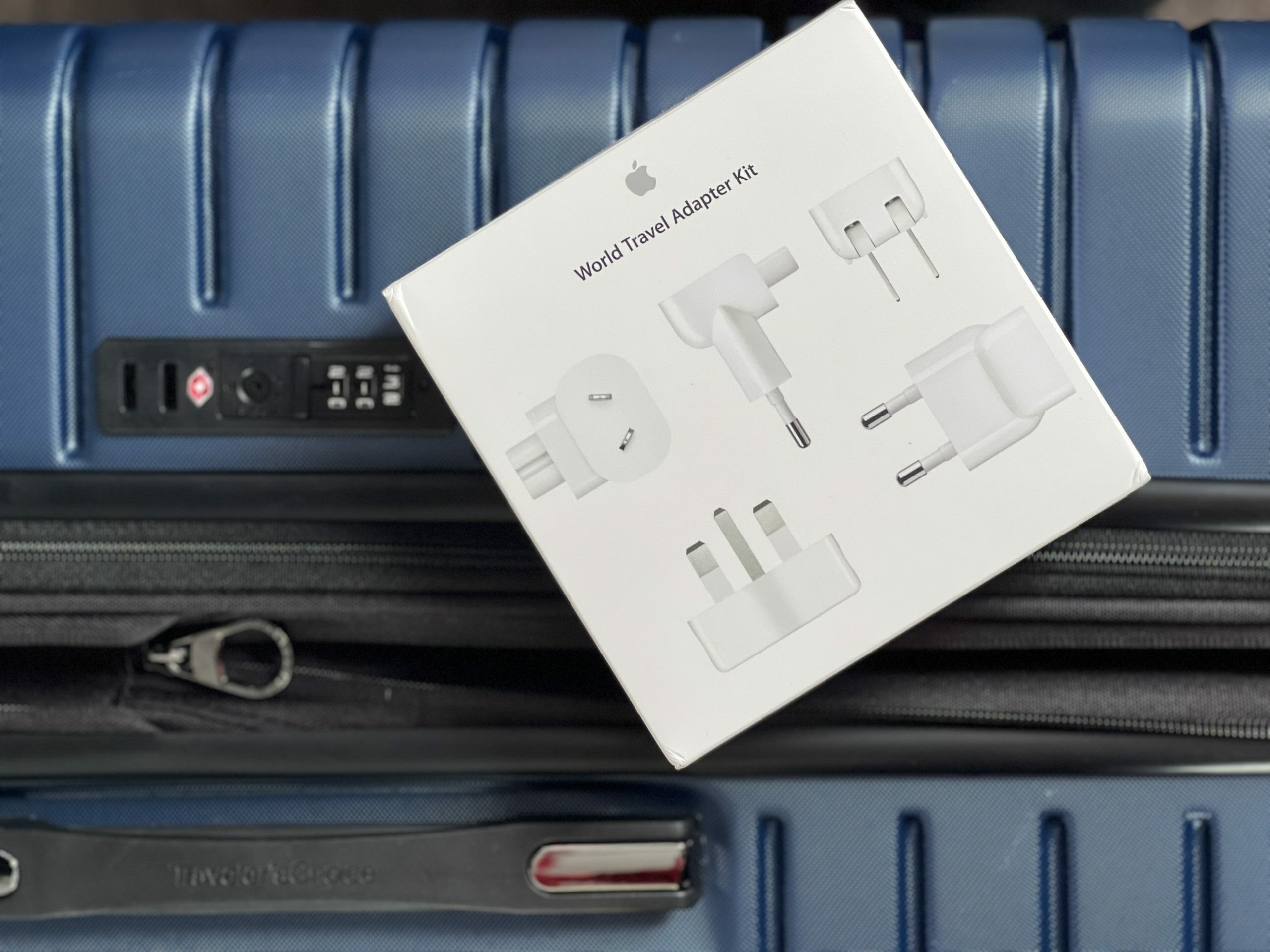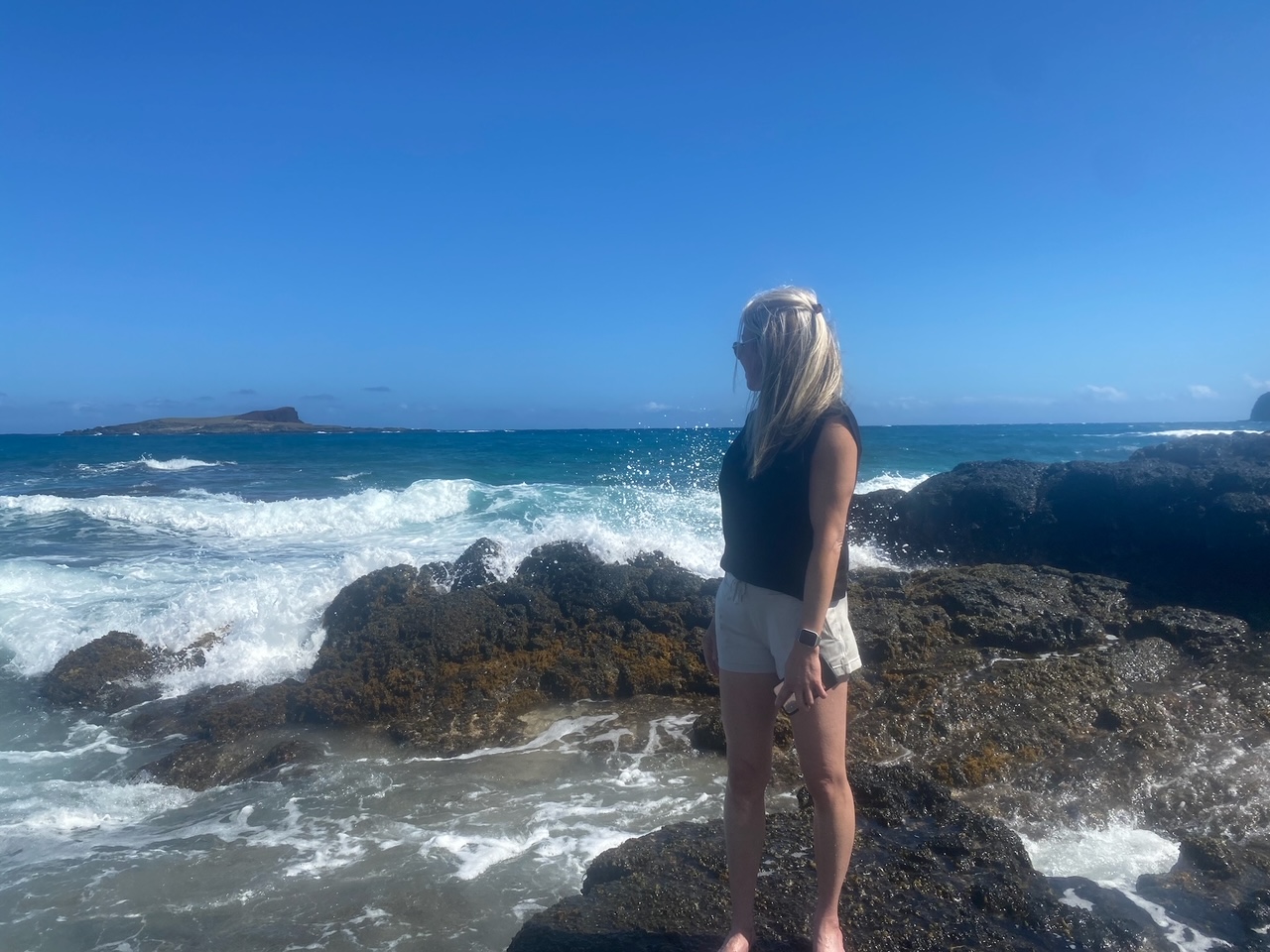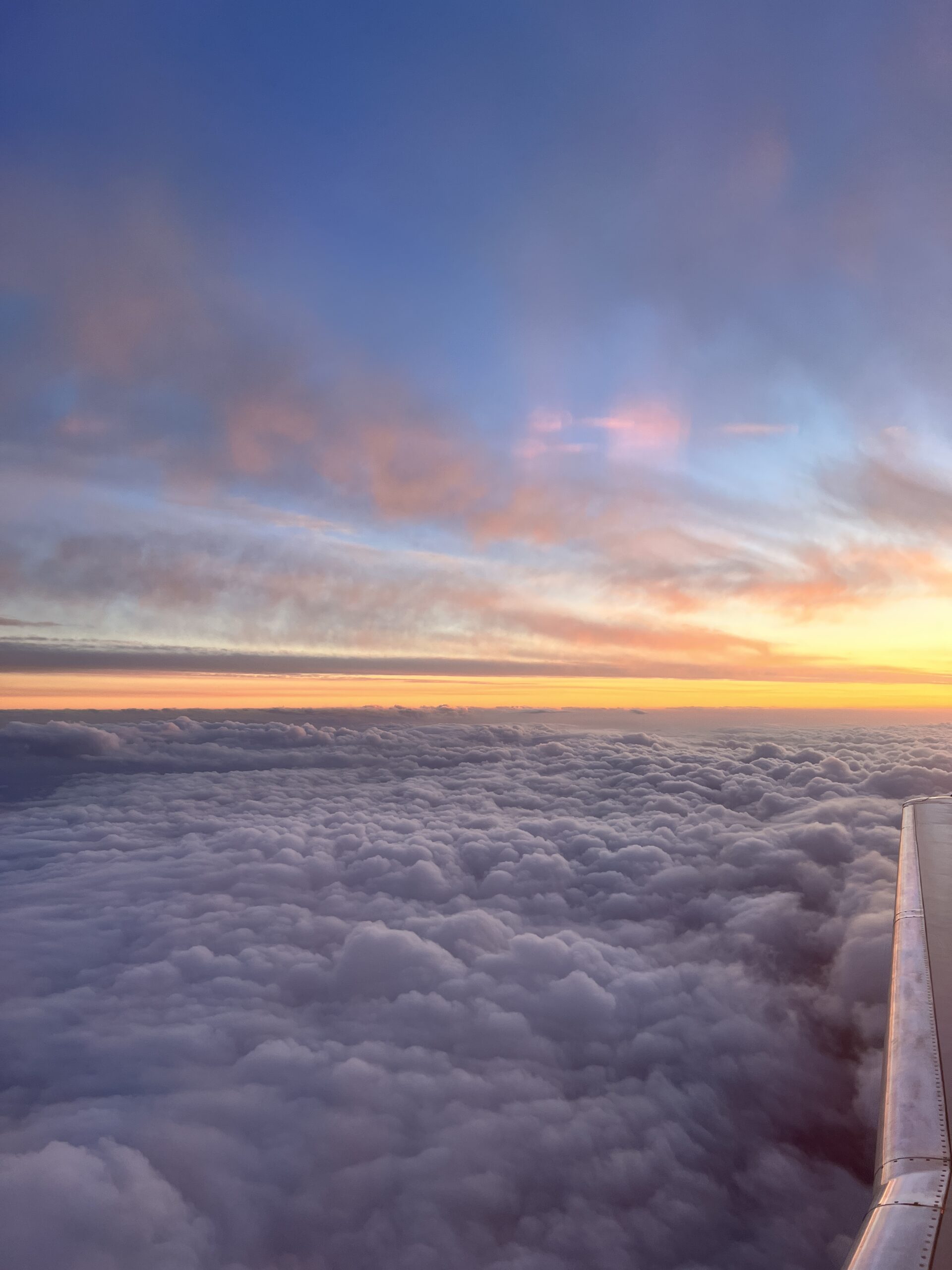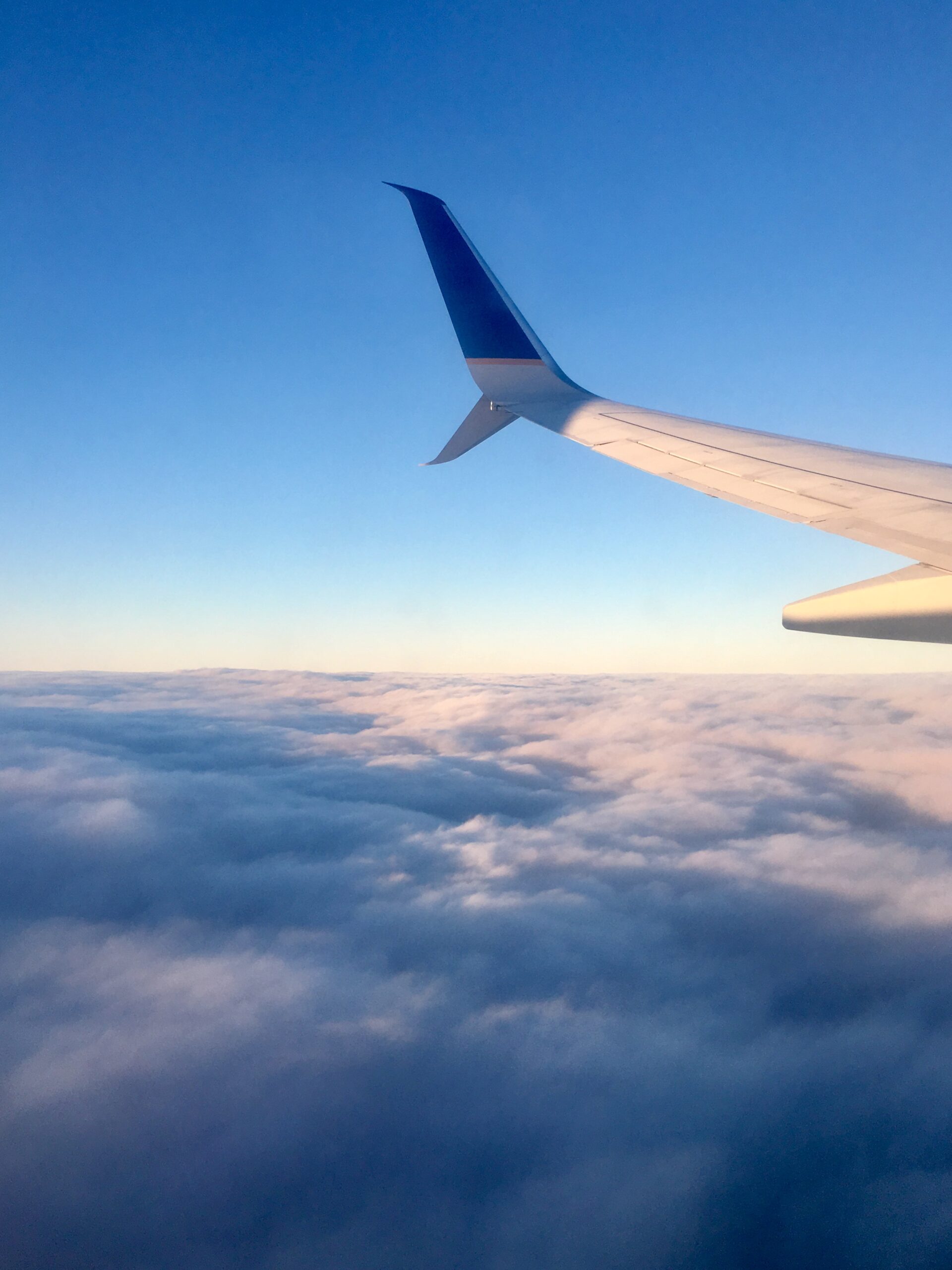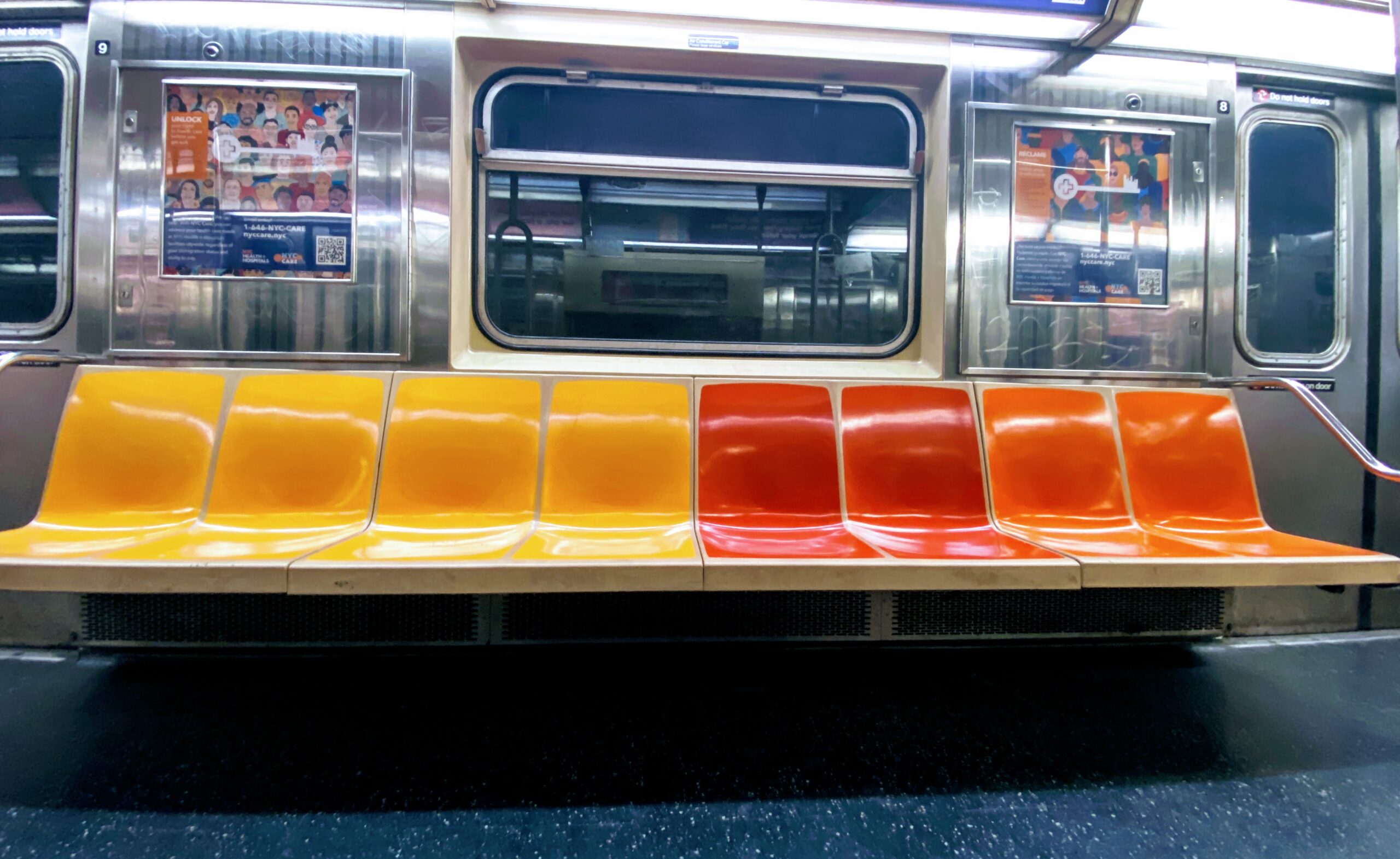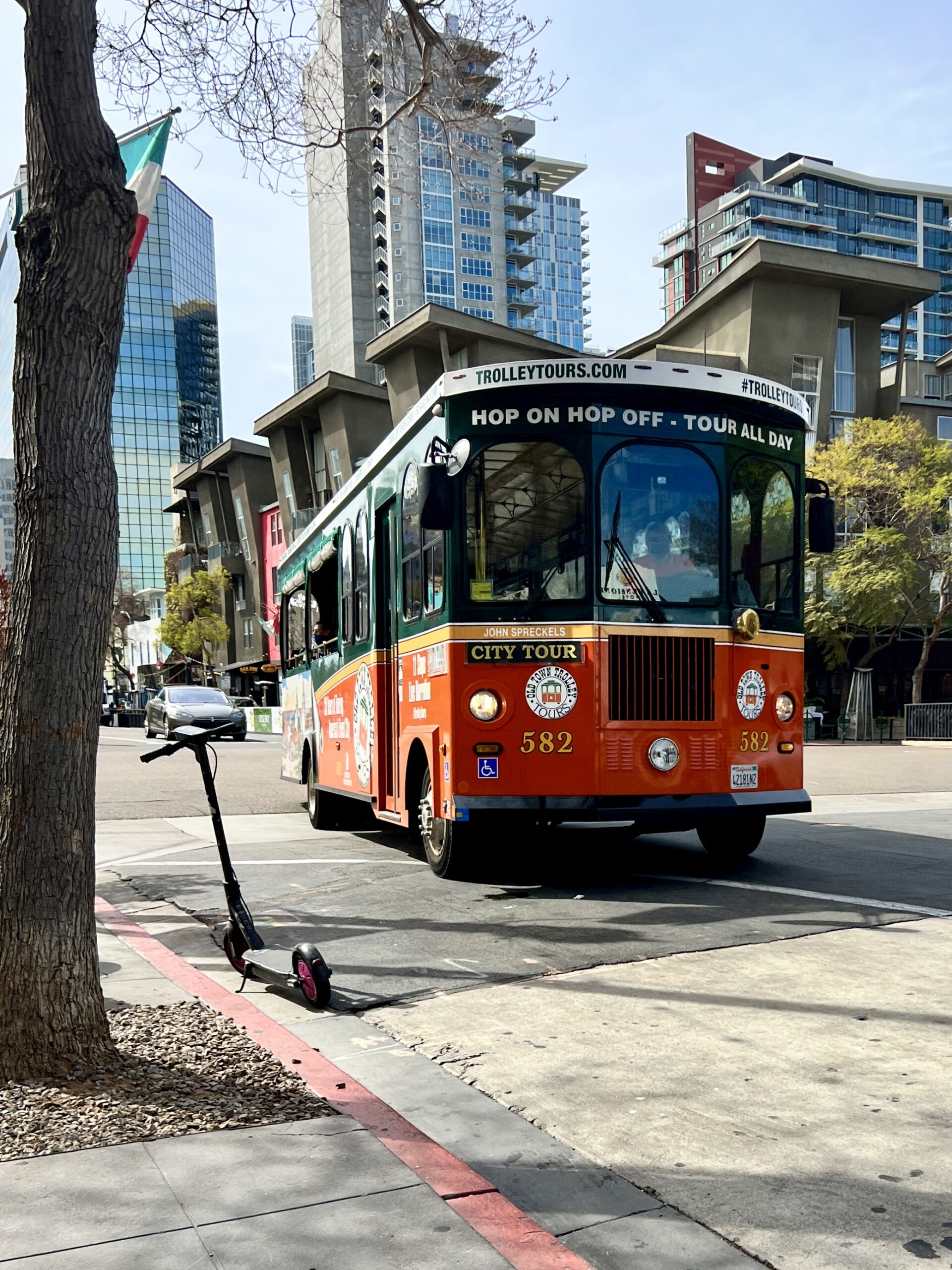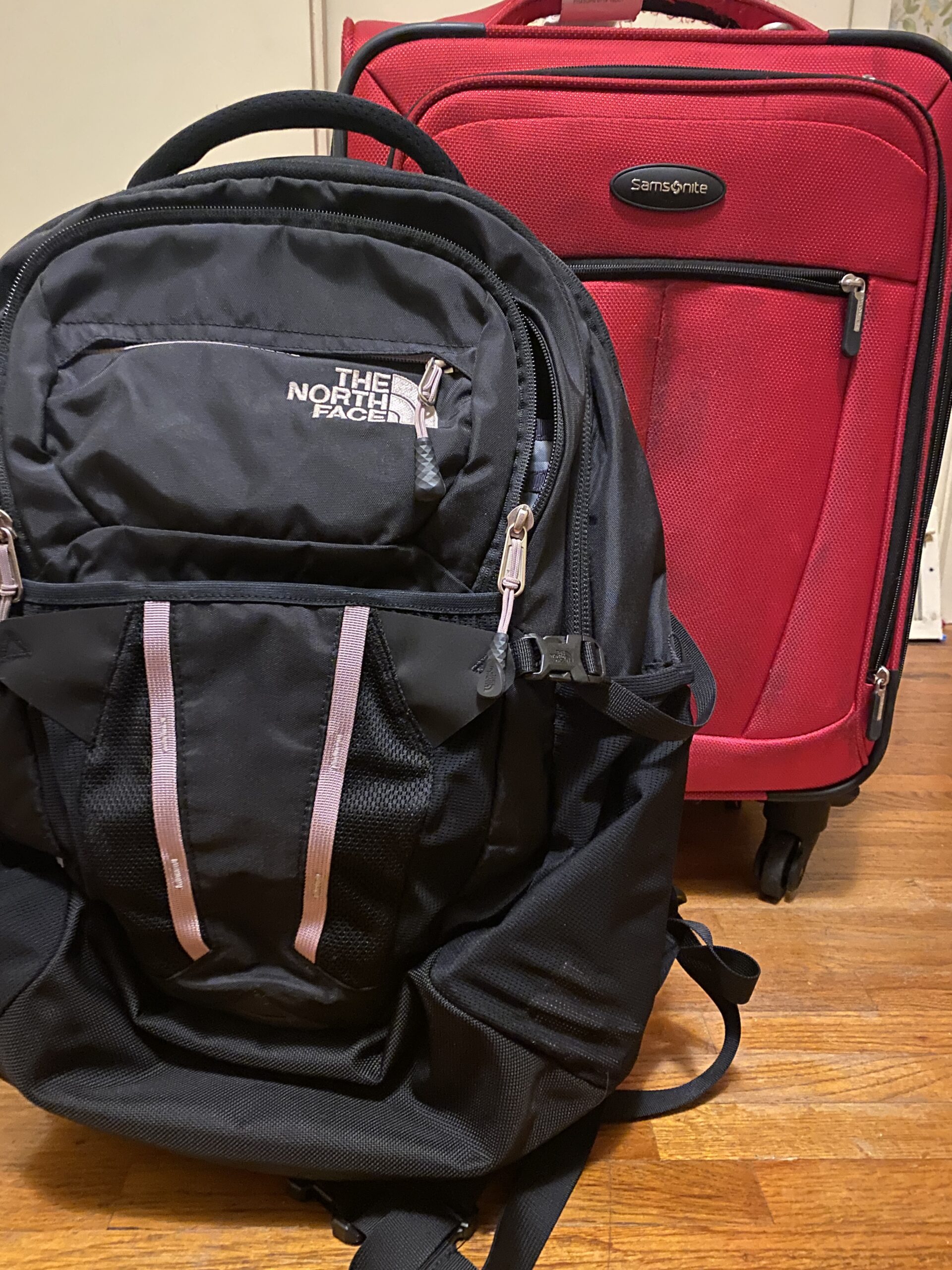
Accommodations
Gear
Outdoors
Packing
Planning
Safety
Solo Travel
Technology and Money
Transportation
Uncategorized

Packing
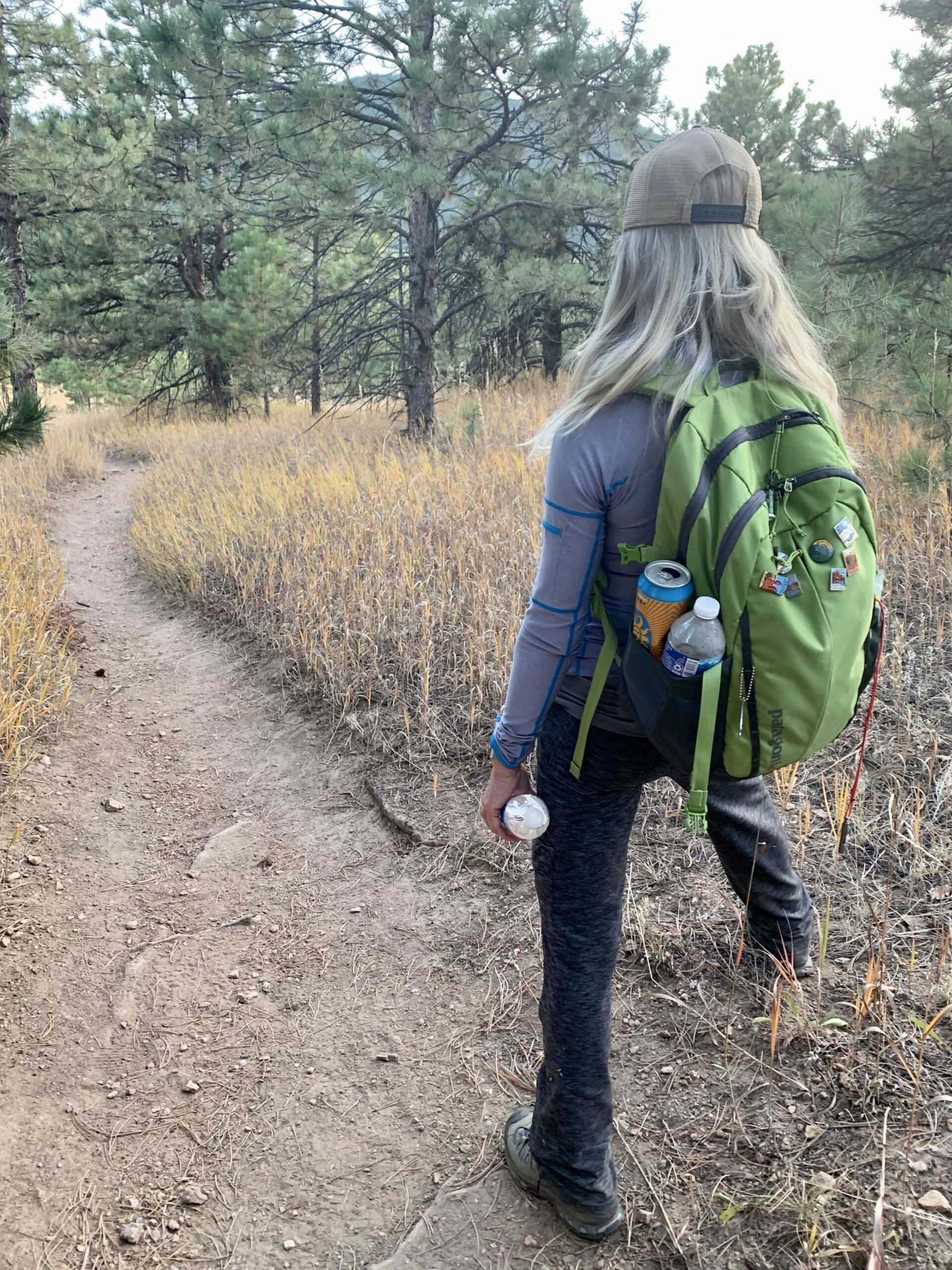
Gear
Travel Gear We Love: Travel Clothes Edition
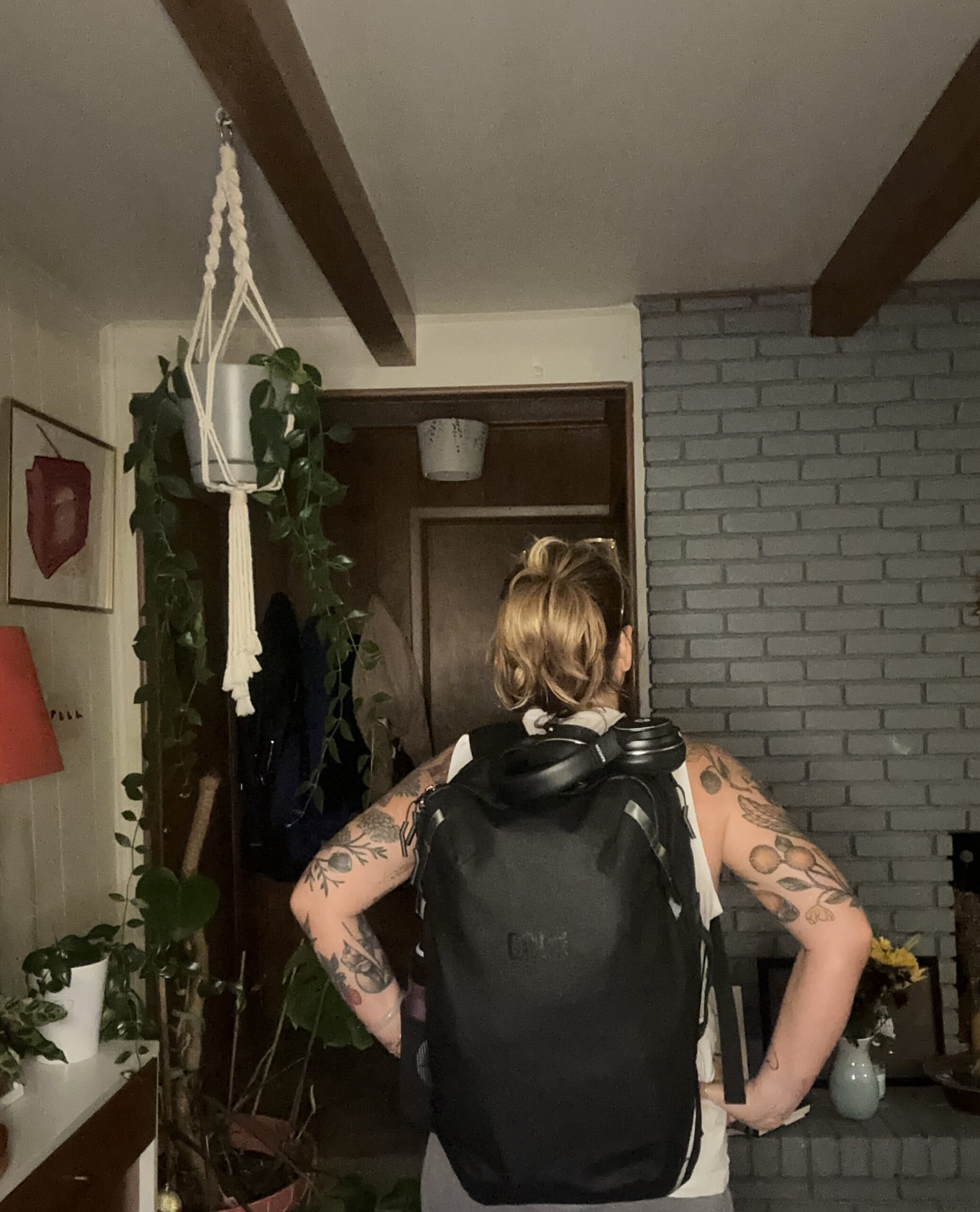
Packing
Best Women's Backpack for Travel — The Perfect Personal Item — UPDATED

Solo Travel
How to Prepare for a Successful Solo Trip with a Child

Solo Travel
Married Solo Travel—The Reasons and Benefits
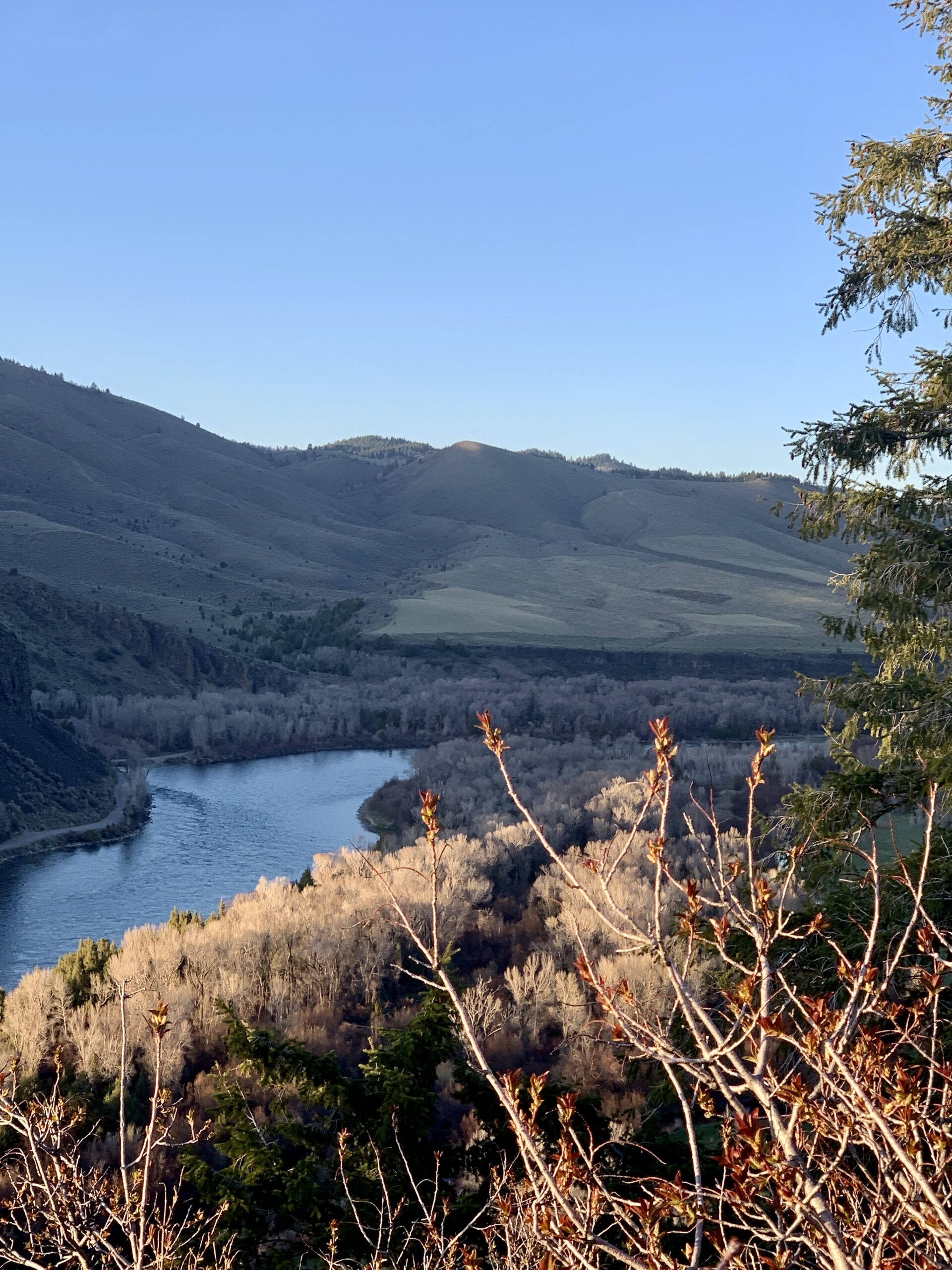
Outdoors
18 Tips for a Solo Road Trip Out West
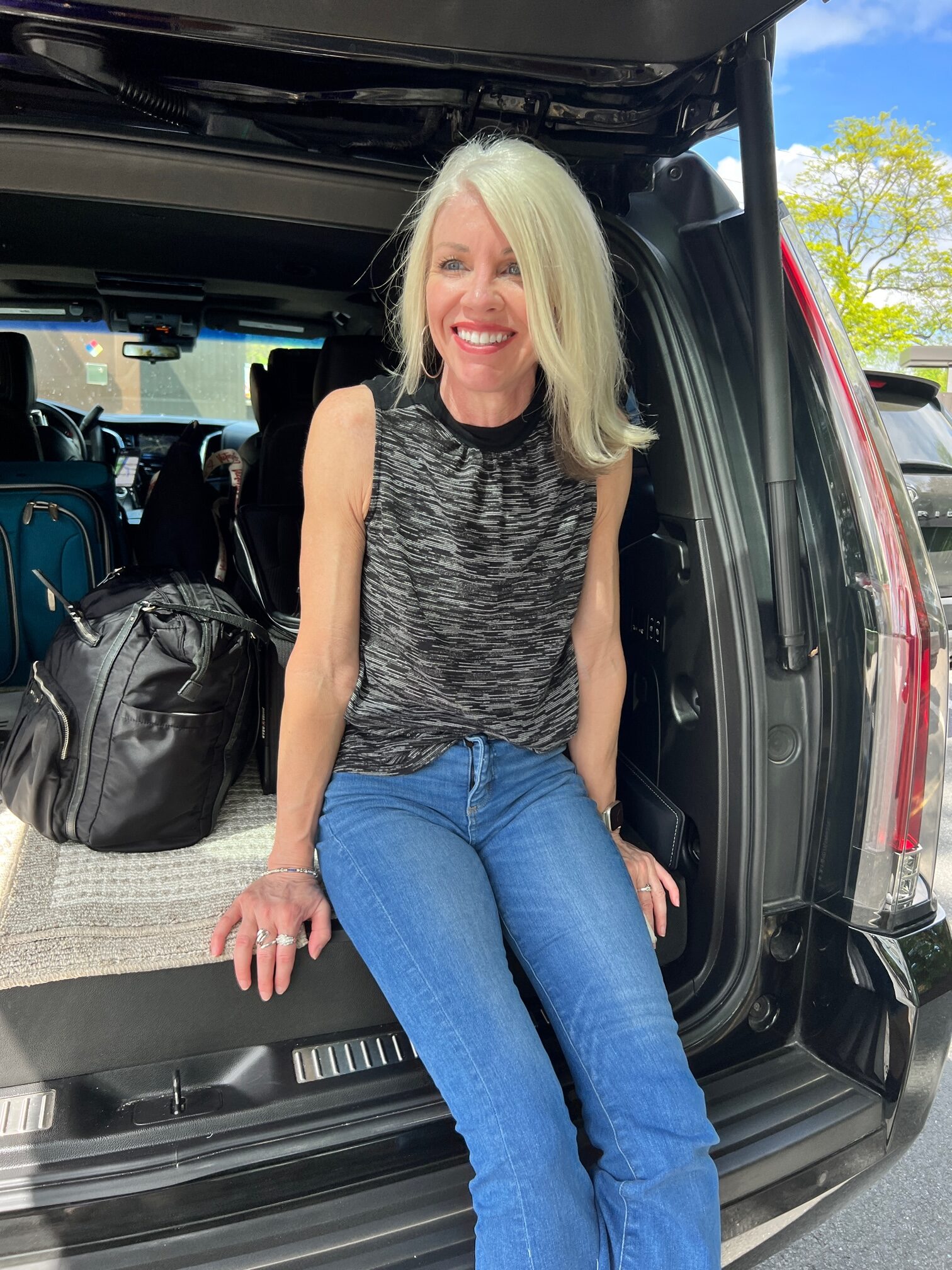
Safety
What to Pack in Your Road Trip Emergency Kit
Accommodations Travel Tips
Latest Blog Post
The Pros and Cons of a Viking River Cruise
Most of my travel is roughing it, but I could get used to the little luxuries of a Viking River Cruise. Here are the pros and cons.
Top Tips for Choosing a Hotel on a Budget
Choosing a hotel on a budget frees up money for fun things, and if it’s a good vacation, then you won’t be spending much time in your room.
Accommodation Options - Hotels, Hostels, Workaway and More
Ready to get out of your comfort zone?Try one of these unique accommodations.
House-sitting: How to Get Started
House sitting is a great accommodation option, especially for pet lovers. But remember, your first responsibility is to the pets and the house, which can limit your time to sightsee.
Gear Travel Tips
Latest Blog Post
Travel Gear We Love: Travel Clothes Edition
You don't have to spend a fortune on travel clothes; these are the favorites that you'll find in our bags.
The 10 Essentials for Hiking, Plus a Few Pro Tips
A lesson on the 10 essentials for hiking and why they’re especially important when you’re hiking solo, or in rugged terrain.
What's in My Pack: Day Hiking Essentials
My pack contains day hiking essentials that will not only keep me comfortable, but also keep me alive in case of an emergency.
Travel Gear We Love: Travel Cosmetics Edition
After some trial and error, we’ve found some unique toiletries and travel cosmetics that we love to take when we’re on the go.
Travel Bags for Women — My Favorite Road-Tested Travel Bags
Finding the perfect travel bags can be time consuming, and costly! These are my favorite travel bags for women, road tested and Heather approved!
Outdoors Travel Tips
Latest Blog Post
18 Tips for a Solo Road Trip Out West
A solo road trip out west is iconic. But going it alone in regions where gas stations are few and far between does require you to be smart about a few things.
The 10 Essentials for Hiking, Plus a Few Pro Tips
A lesson on the 10 essentials for hiking and why they’re especially important when you’re hiking solo, or in rugged terrain.
What's in My Pack: Day Hiking Essentials
My pack contains day hiking essentials that will not only keep me comfortable, but also keep me alive in case of an emergency.
8 Surprising Sun-Smart Tips for Outdoor Travel
Youthful vanity has led to three painful rounds of topical chemotherapy. So let me share some sun-smart tips.
What to Pack for a Day Hike - Beginner's List
Most of my hiking has been done with nothing more than good intentions and a water bottle. But with bigger hikes comes bigger responsibility.
Packing Travel Tips
Latest Blog Post
Packing List for 10 Day Vacation
There are no gold stars for carry-on only travel but there are benefits!
Travel Gear We Love: Travel Clothes Edition
You don't have to spend a fortune on travel clothes; these are the favorites that you'll find in our bags.
Best Women's Backpack for Travel — The Perfect Personal Item — UPDATED
I travel carry-on only and I can only make it work with using this backpack as my personal item!
Unpacking After a Trip: 13 Extra Clean Tips
Travel is messy. That’s part of what makes it wonderful. But I don’t want to bring that into my closet. So unpacking after a trip is a thing.
Easy Zero-Waste Travel Tips
There are lots of other ways to save the earth while you see all of it. Check out these easy zero-waste travel tips.
Travel Gear We Love: Travel Cosmetics Edition
After some trial and error, we’ve found some unique toiletries and travel cosmetics that we love to take when we’re on the go.
Packing for a Hot, Humid Destination
When packing for a hot, humid destination, fabrics are your key consideration!
How to Pack Carry-On Only — Easy Guide
There are no gold stars for carry-on only travel but there are benefits!
Travel Bags for Women — My Favorite Road-Tested Travel Bags
Finding the perfect travel bags can be time consuming, and costly! These are my favorite travel bags for women, road tested and Heather approved!
Planning Travel Tips
Latest Blog Post
Planning a Girls' Trip: 5 Important Things to Consider
Planning a girls’ trip can be an amazing bonding experience and an opportunity for a special kind of travel. Here are five things to consider.
19 Simple Steps to Prep Your House for a Vacation
Make sure your home is safe and sound while you travel and ease the transition back to reality with these 19 steps to prep your house for a vacation.
How to Plan a Trip Itinerary So You Don’t Miss a Thing
So much to see! So much to do! How do you do it all? These steps can help you plan a trip itinerary that’s as detailed or as loose as you choose.
Frommer’s Travel Tips Help You Save Money, Minimize Mistakes
A comprehensive list of the best websites and apps to help you plan your travels and save money - straight from Pauline Frommer herself.
How to Use Google Flights and Save Money
We’ve grown to rely on a range of trip-planning sites over the years. But one of the best tools we love is Google Flights.
How to Plan a Successful Trip with your Friends.
Planning a girls' trip? Communication is key! Agree on your destination, budget, and activities, and make sure everyone's expectations match. The goal isn’t perfection, it’s making memories and strengthening friendships. With a little planning and plenty of flexibility, you’ll come back closer than ever!
Things to Check Before Choosing a Flight (Beyond Price)
Here are the things to check before choosing a flight, because the cheapest flight might not be the best.
Travel Planning 101: The Ultimate Travel Planning Checklist
Planning a trip? Use the Travel Planning 101 checklist to ensure you’ve got everything covered. From flight reservations to health and wellness, this guide helps you prepare, minimize stress, and avoid costly mistakes. Happy travels!
Must Know Tips for Flying - Your Go-To Guide for Air Travel
From booking your trip, to finding a taxi when you land, these must know tips for flying will give you the confidence you need for any trip involving airplanes.
Safety Travel Tips
Latest Blog Post
What to Pack in Your Road Trip Emergency Kit
Even if you think the only possible bumps in your road trip are traffic accidents, who wants to take selfies with the tow truck crew?
Important Safety Step: Getting Vaccinated Before Traveling
We all love a good travel souvenir. But an infectious disease is not something you want to bring home or try to treat in a foreign country.
Stay Safe: Register Your Trip with the State Department
I’ve filed my plans for many risky trips since, and discovered a wealth of information to help me prepare.
16 Safety Tips for Solo Travel
Traveling solo can be an exciting and empowering way to see the world. Following basic safety tips can help mitigate your risks.
8 Surprising Sun-Smart Tips for Outdoor Travel
Youthful vanity has led to three painful rounds of topical chemotherapy. So let me share some sun-smart tips.
Tips for Visiting a High-Altitude Destination — Be Safe and Stay Healthy
Are you planning a trip to a high-altitude destination? While the stunning views and fresh mountain air can be exhilarating, … Read More
Do You Need Trip Insurance? The Answer Is YES!
Trip insurance isn’t just for lost luggage; it covers medical expenses, accidental injuries, and more. Despite credit card coverage, having a comprehensive plan can save you from unexpected costs and complications. Safe travels!
Common Travel Fears
Even the most experienced traveler has certain fears when they take off for a new destination. Conquering one fear at a time is how I've moved from short journeys in my home state, to multi-week adventures abroad!
Solo Travel Travel Tips
Latest Blog Post
How to Prepare for a Successful Solo Trip with a Child
Traveling solo with your child or children is incredibly rewarding. If you think you'd like to begin exploring the world with your child or children, consider these suggestions.
Married Solo Travel—The Reasons and Benefits
I’ve been in a committed relationship for years. Here's why married solo travel works for me and for others.
18 Tips for a Solo Road Trip Out West
A solo road trip out west is iconic. But going it alone in regions where gas stations are few and far between does require you to be smart about a few things.
16 Safety Tips for Solo Travel
Traveling solo can be an exciting and empowering way to see the world. Following basic safety tips can help mitigate your risks.
How To Get Comfortable With Solo Travel - 14 Ideas To Get You Started!
When I first started traveling solo I was almost embarrassed, now I prefer to travel alone.
Traveling With Anxiety and Depression
Sometimes my depression can come out of nowhere and loom over even the best trip.
Technology and Money Travel Tips
Latest Blog Post
How to Use Google Flights and Save Money
We’ve grown to rely on a range of trip-planning sites over the years. But one of the best tools we love is Google Flights.
How to Get International Phone Service — Three Ways to Stay Connected
International phone service is almost essential anymore. So let's examine your options.
The 16 (ish) Best Travel Apps You Must Download for Your Next Trip
If you love to travel and staying organized, this post lists essential travel apps. They cover everything from navigation to safety, translating languages, and saving money abroad. Happy traveling!
Adapter, Converter or Transformer: Simple Tips for Choosing the Right Device
If you’re traveling internationally, you’ll likely need an adapter, converter or transformer to ensure that your trip is electrifying in all the right ways.
Backing Up Your Travel Photos: Hard-Won Lessons
I learned the hard way that iCloud doesn't automatically create a backup of the travel photos you took that day with your iPhone.
Using a VPN When Traveling — An Easy Way To Protect Your Data
It's important to have a VPN when traveling; we tell you why!
Transportation Travel Tips
Latest Blog Post
What to Pack in Your Road Trip Emergency Kit
Even if you think the only possible bumps in your road trip are traffic accidents, who wants to take selfies with the tow truck crew?
The Pros and Cons of a Viking River Cruise
Most of my travel is roughing it, but I could get used to the little luxuries of a Viking River Cruise. Here are the pros and cons.
Must Know Tips for Flying - Your Go-To Guide for Air Travel
From booking your trip, to finding a taxi when you land, these must know tips for flying will give you the confidence you need for any trip involving airplanes.
12 Pointers on Traveling Better from The Points Guy
Julianne met up with The Points Guy at a travel show and took notes to share with you, dear friends, on traveling better.
How to Survive Long Flights Comfortably
I rely on a few pieces of gear to alleviate the discomfort of existing in just 17.2 inches for a day or two.
Beginners' Guide to Public Transportation
Public transportation can be intimidating if you don't live in a city where you use it regularly. The more you use it, the easier it gets; these tips and tricks can help you feel more comfortable.
Beginners Guide to Car Rental – 14 Car Rental Tips
Renting a car doesn't have to be expensive or stressful, taking some time to prepare ahead of time can save you both time, money and headaches.
The Hop-On Hop-Off Bus Is Great Public Transportation
A Hop-On Hop-Off bus tour will get you where you’re going, but it will also provide amazing local insight along the way.
Uncategorized Travel Tips
Latest Blog Post
How to Plan a Successful Trip with your Friends.
Planning a girls' trip? Communication is key! Agree on your destination, budget, and activities, and make sure everyone's expectations match. The goal isn’t perfection, it’s making memories and strengthening friendships. With a little planning and plenty of flexibility, you’ll come back closer than ever!
Things to Check Before Choosing a Flight (Beyond Price)
Here are the things to check before choosing a flight, because the cheapest flight might not be the best.

